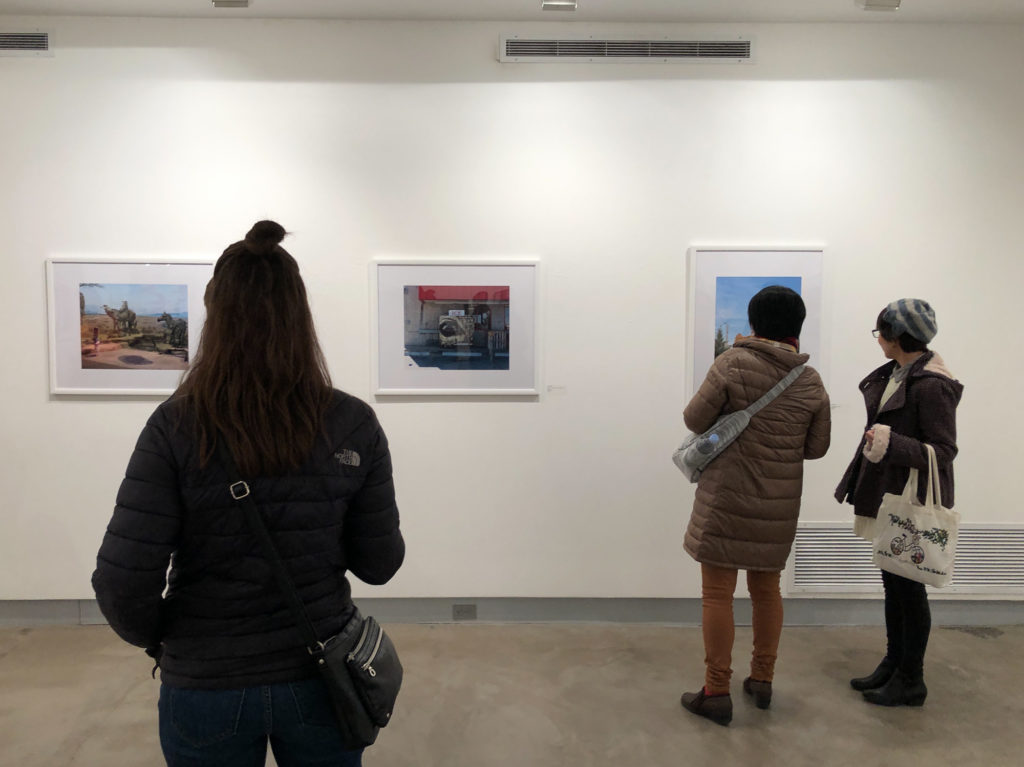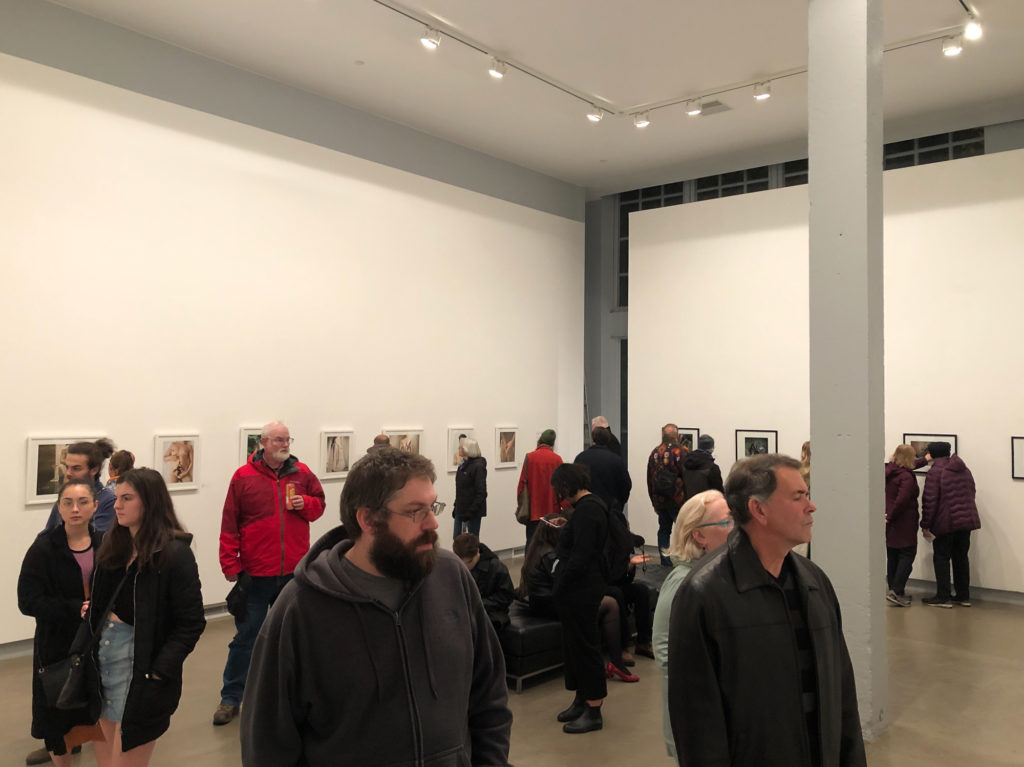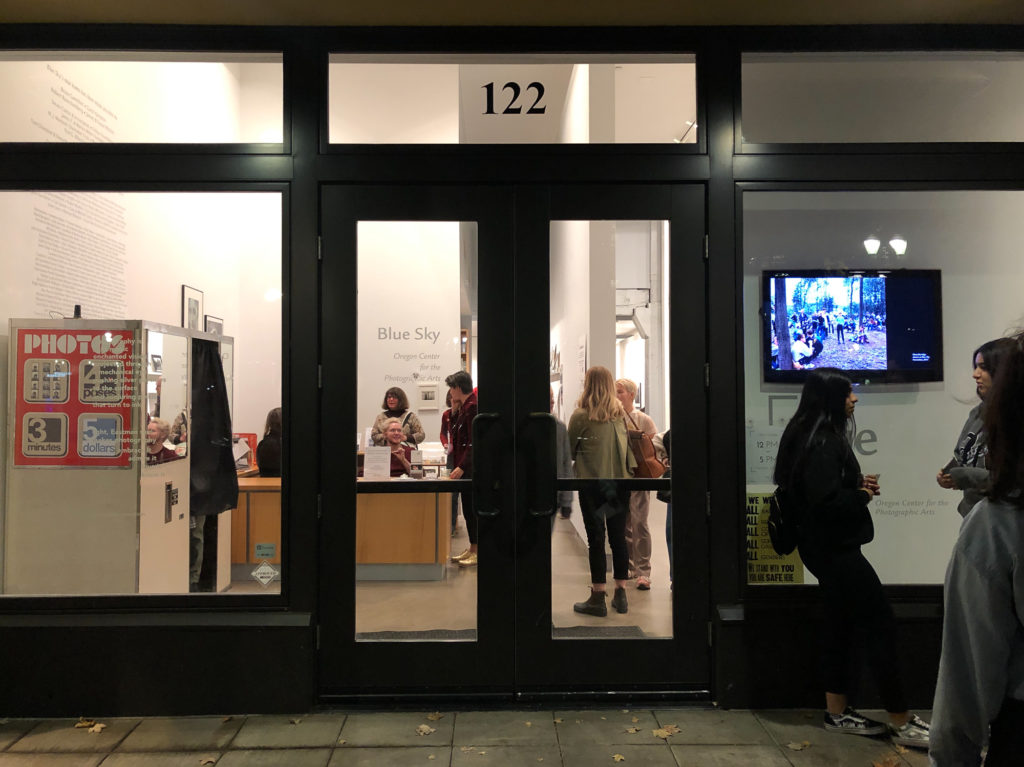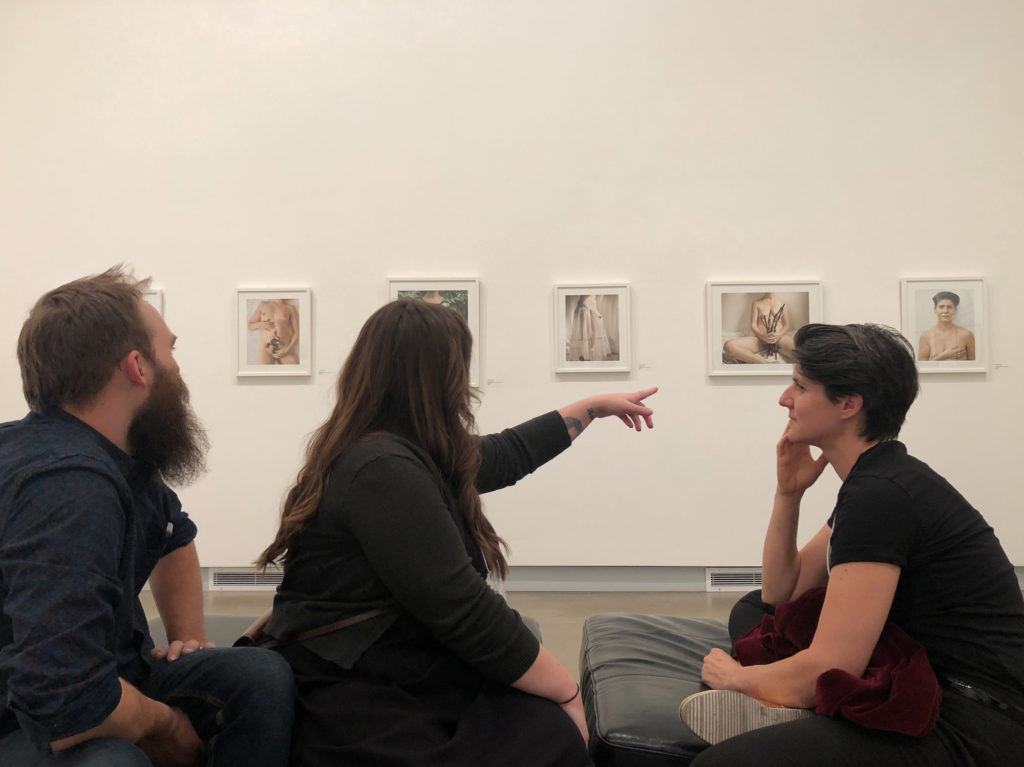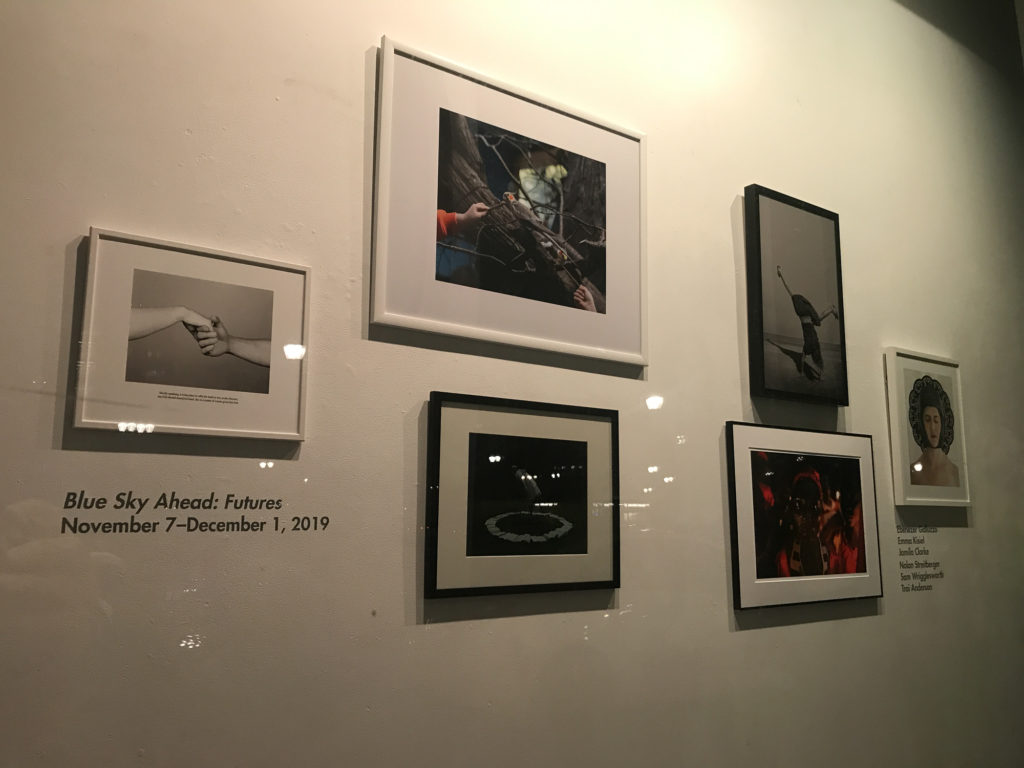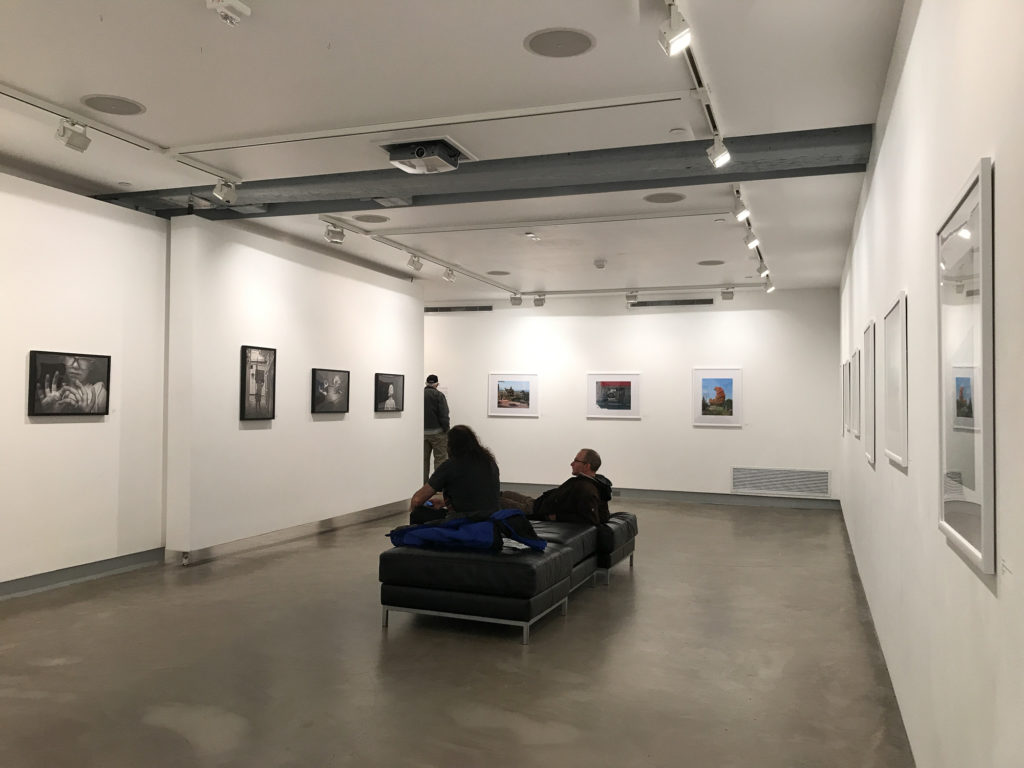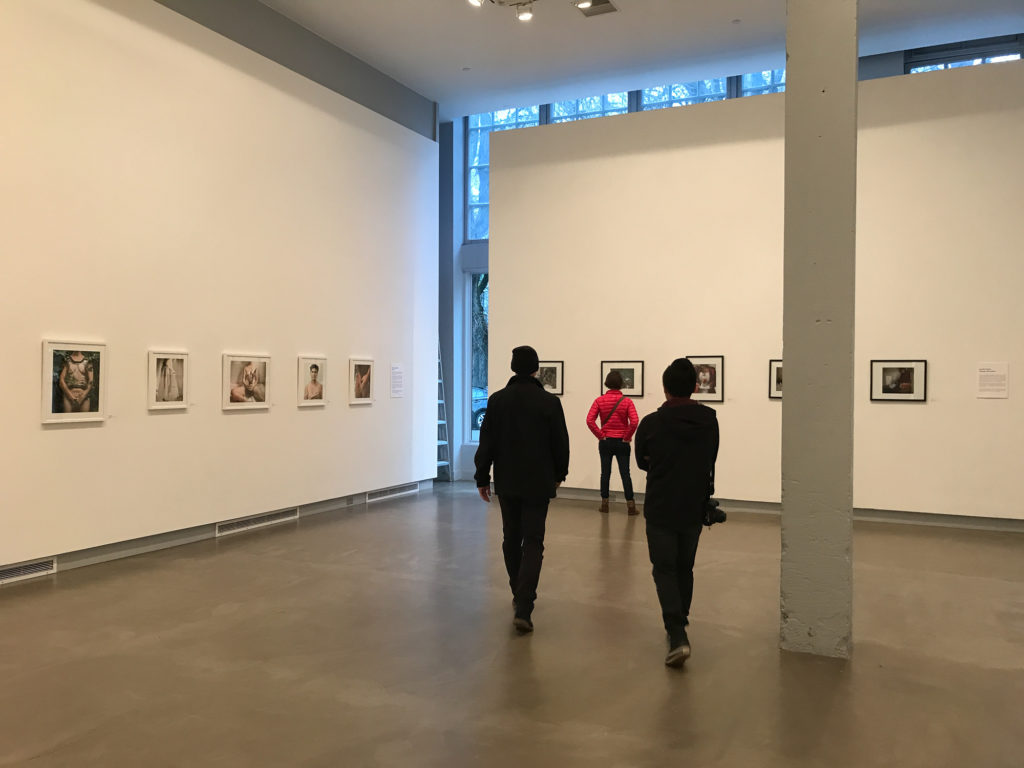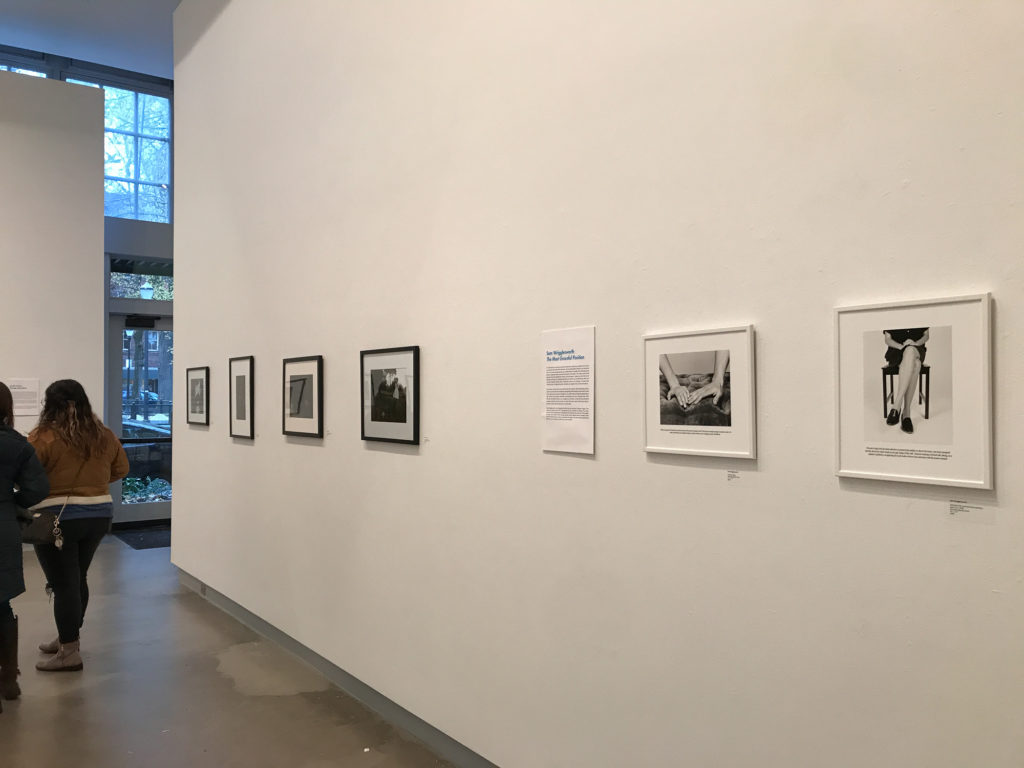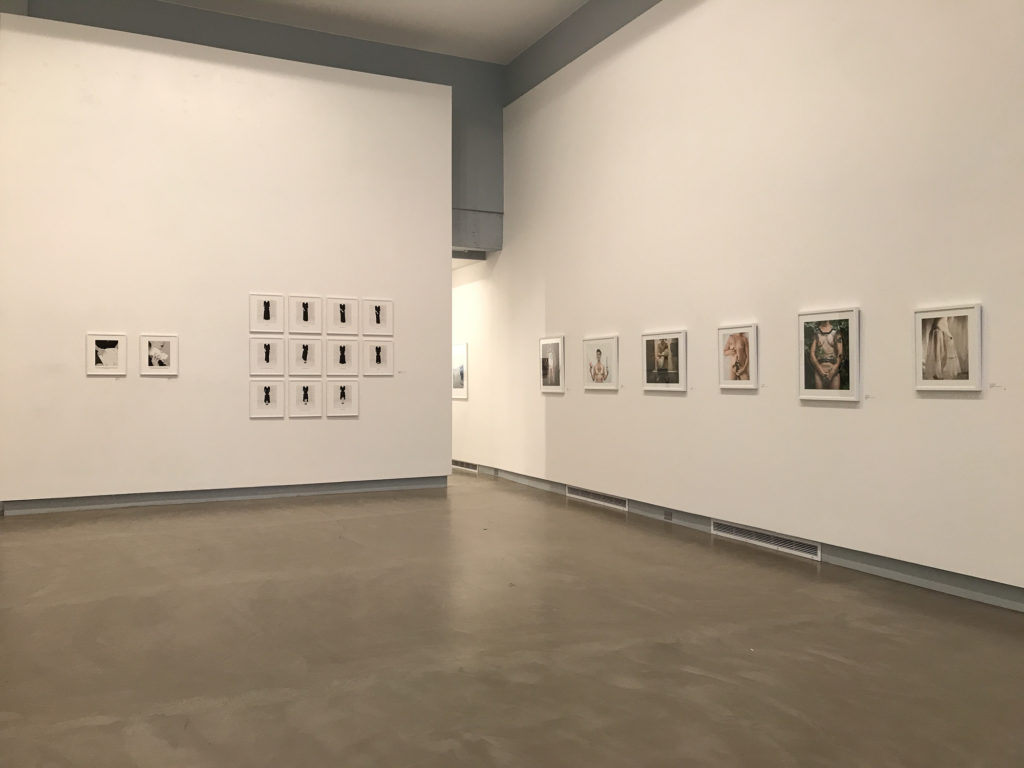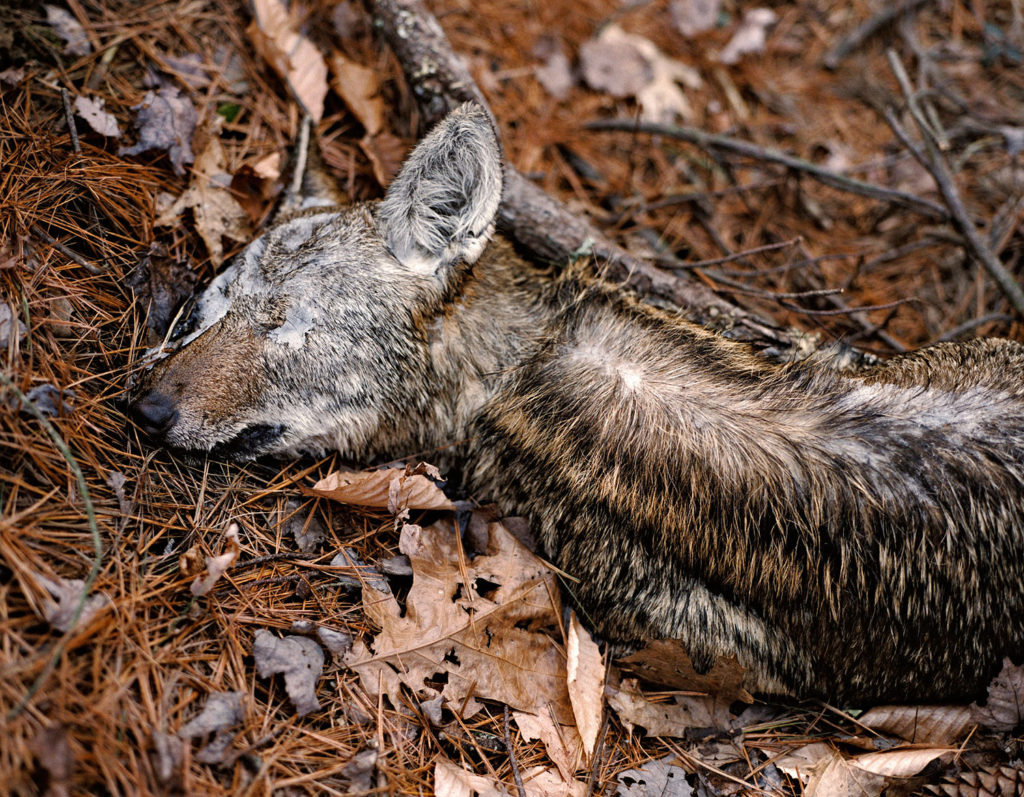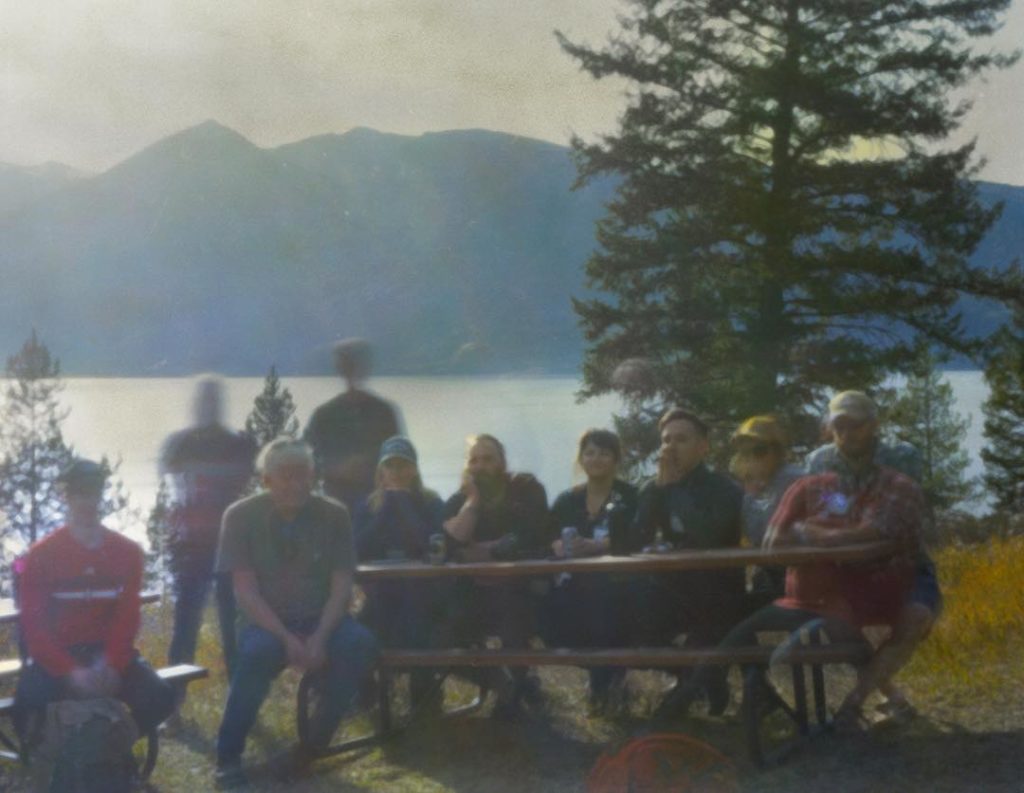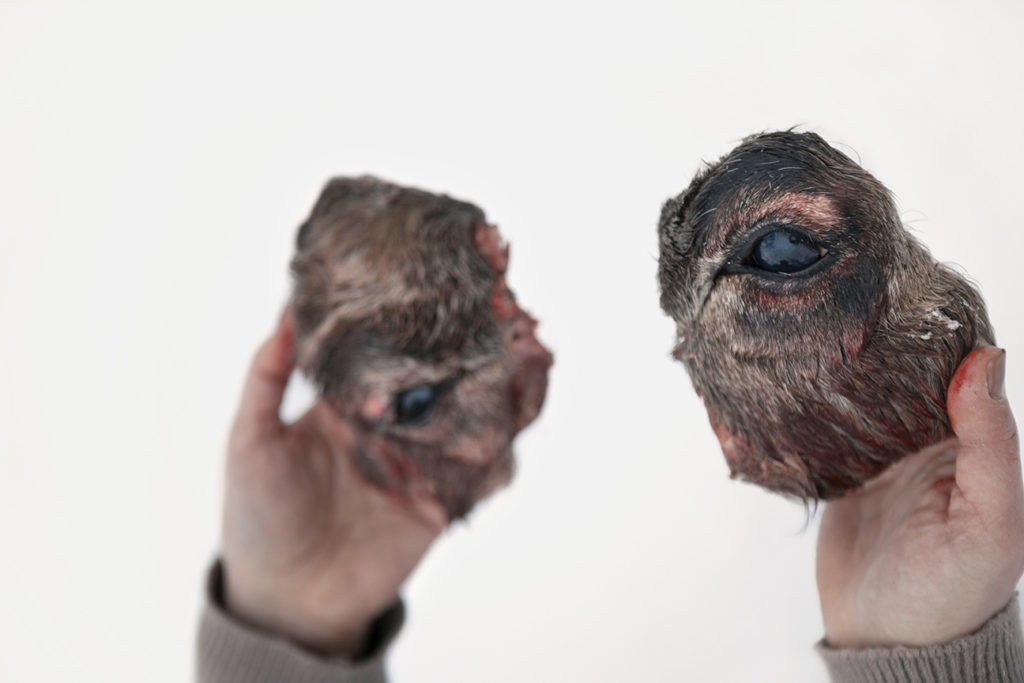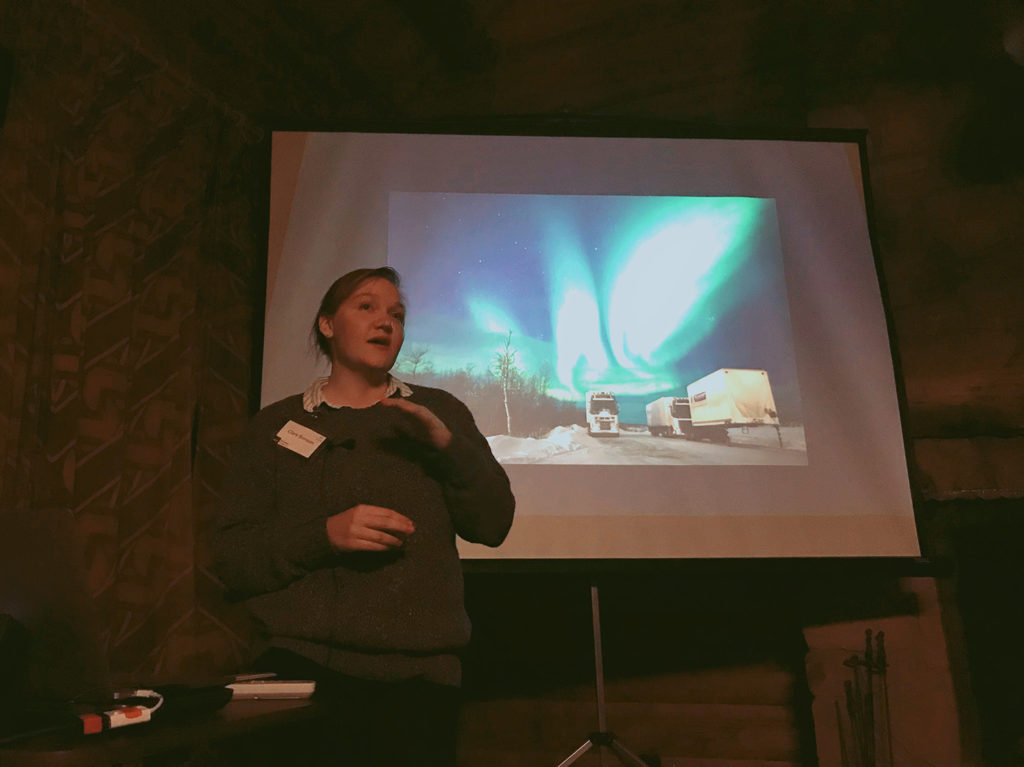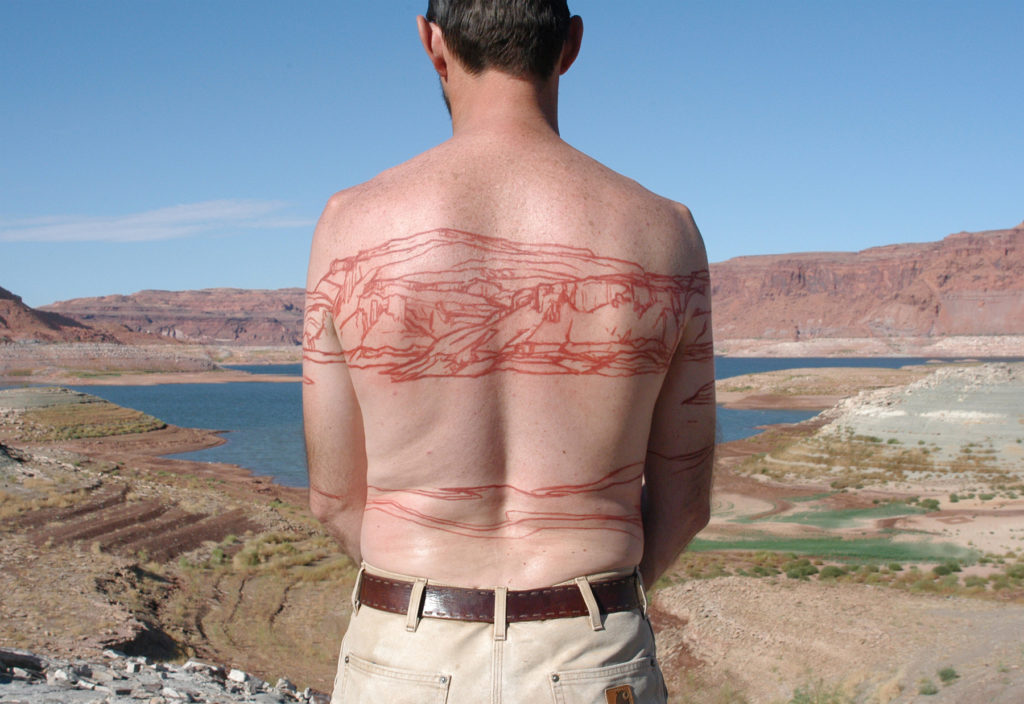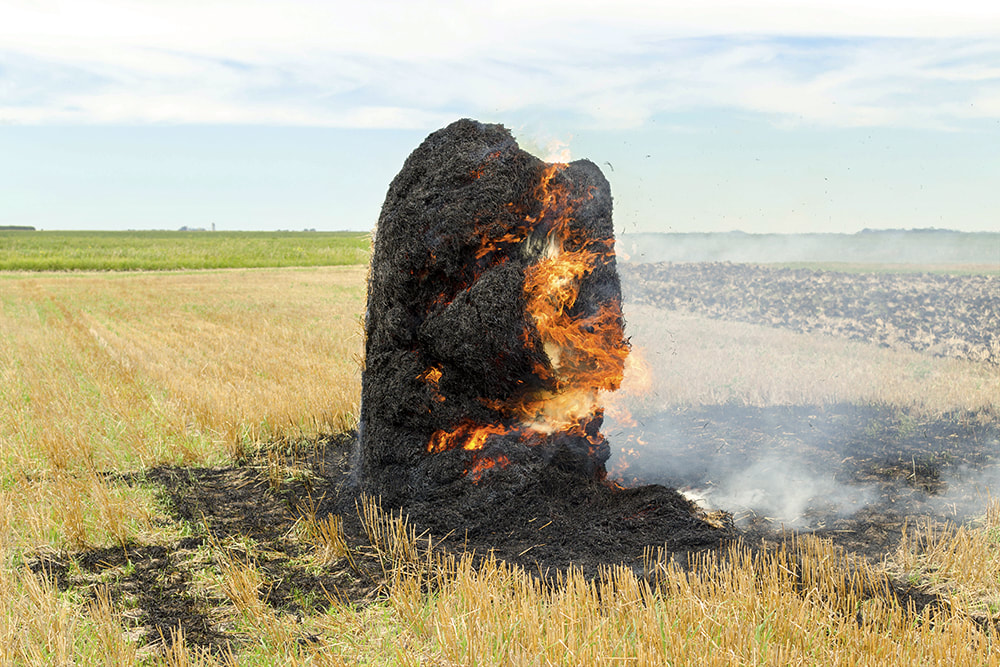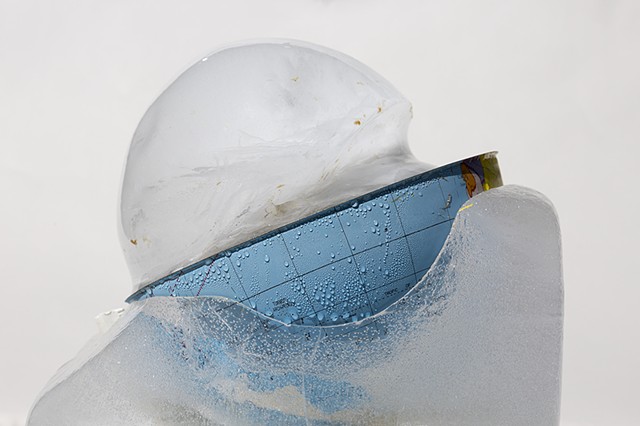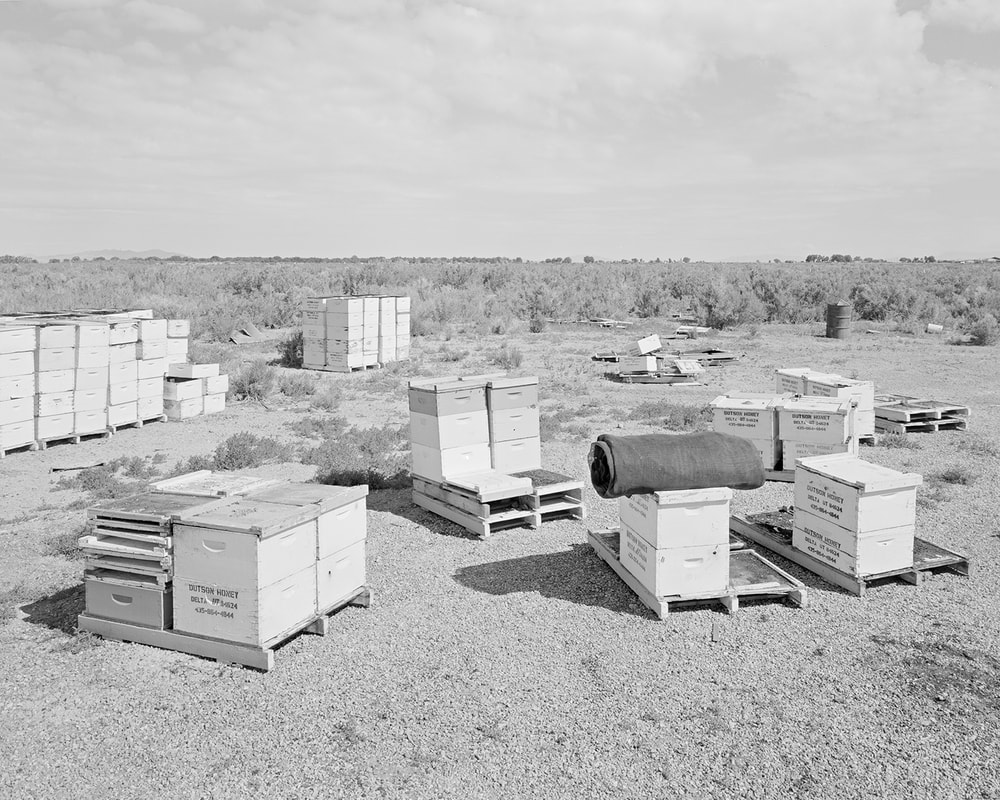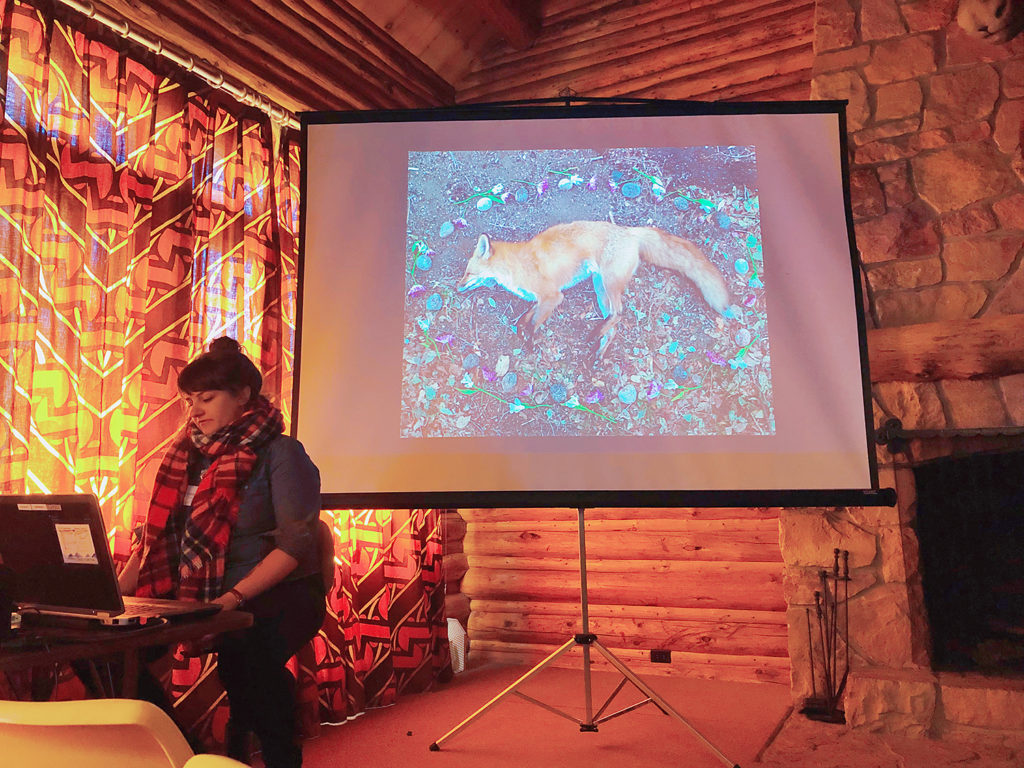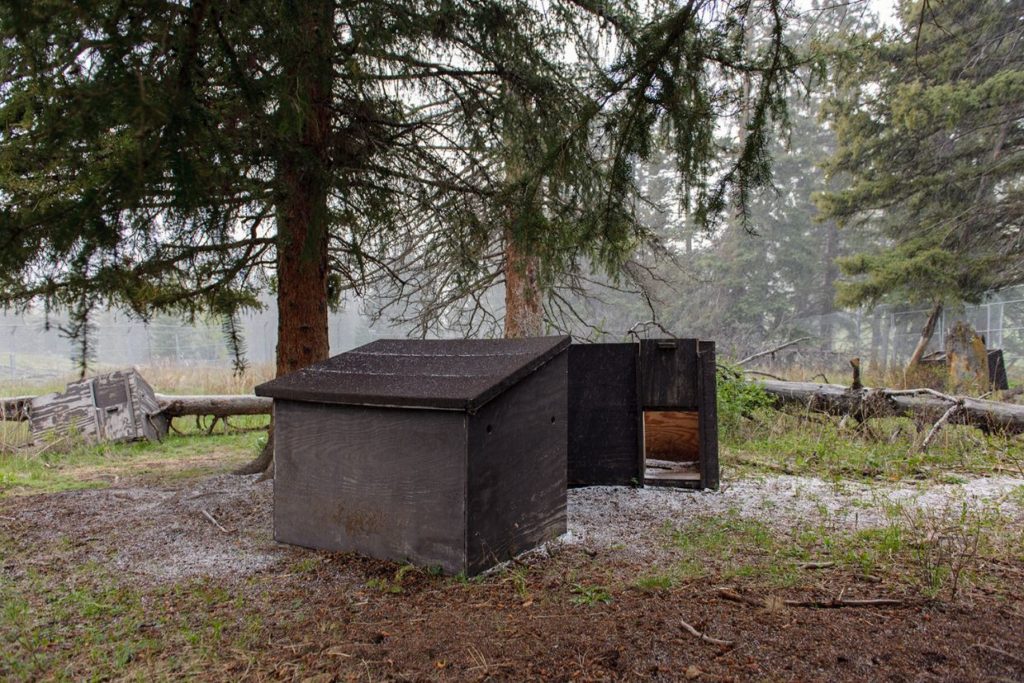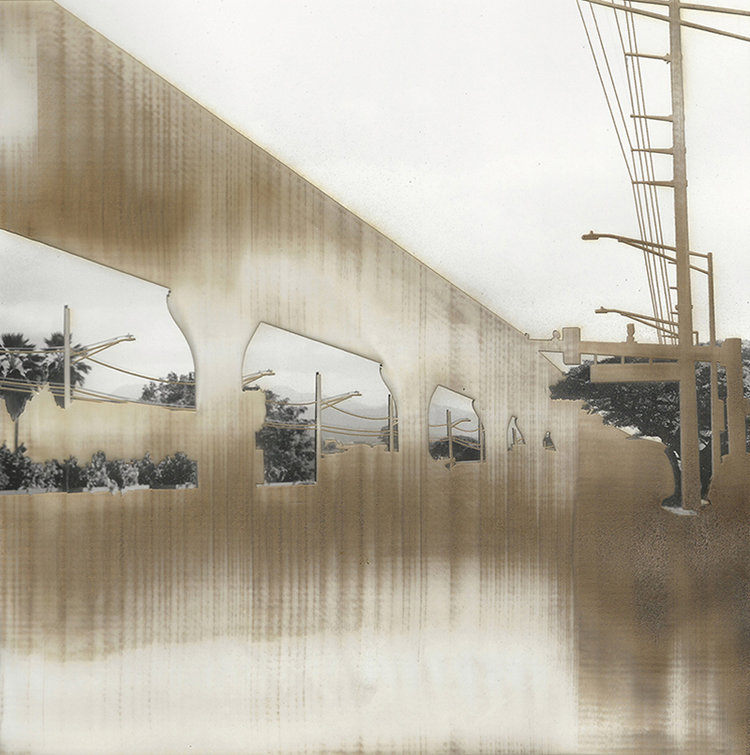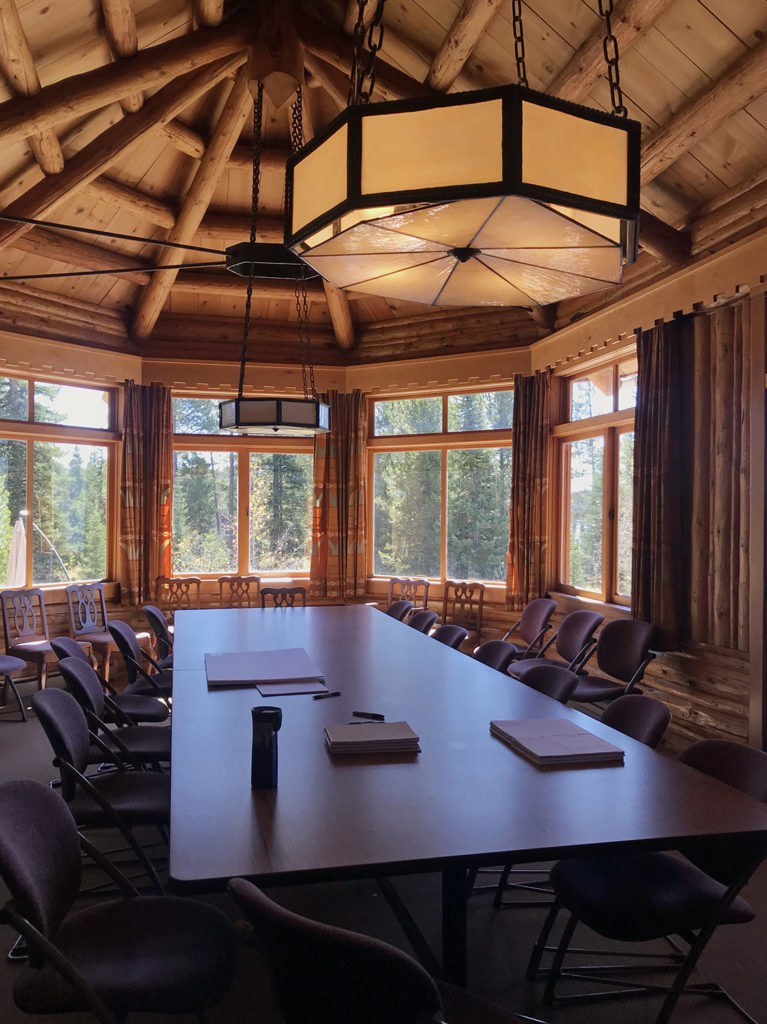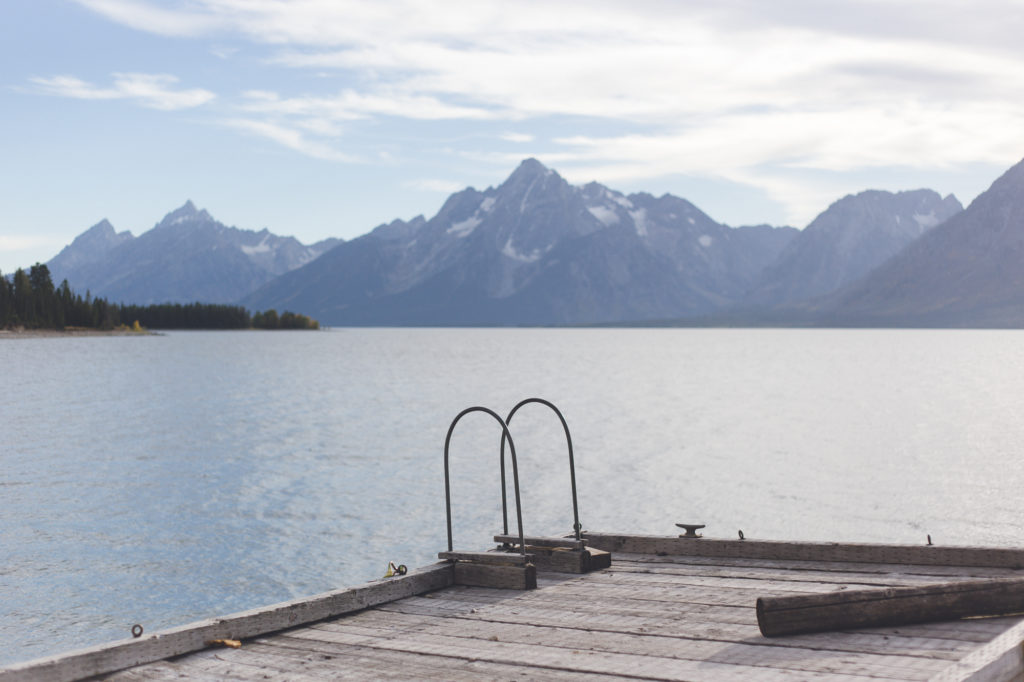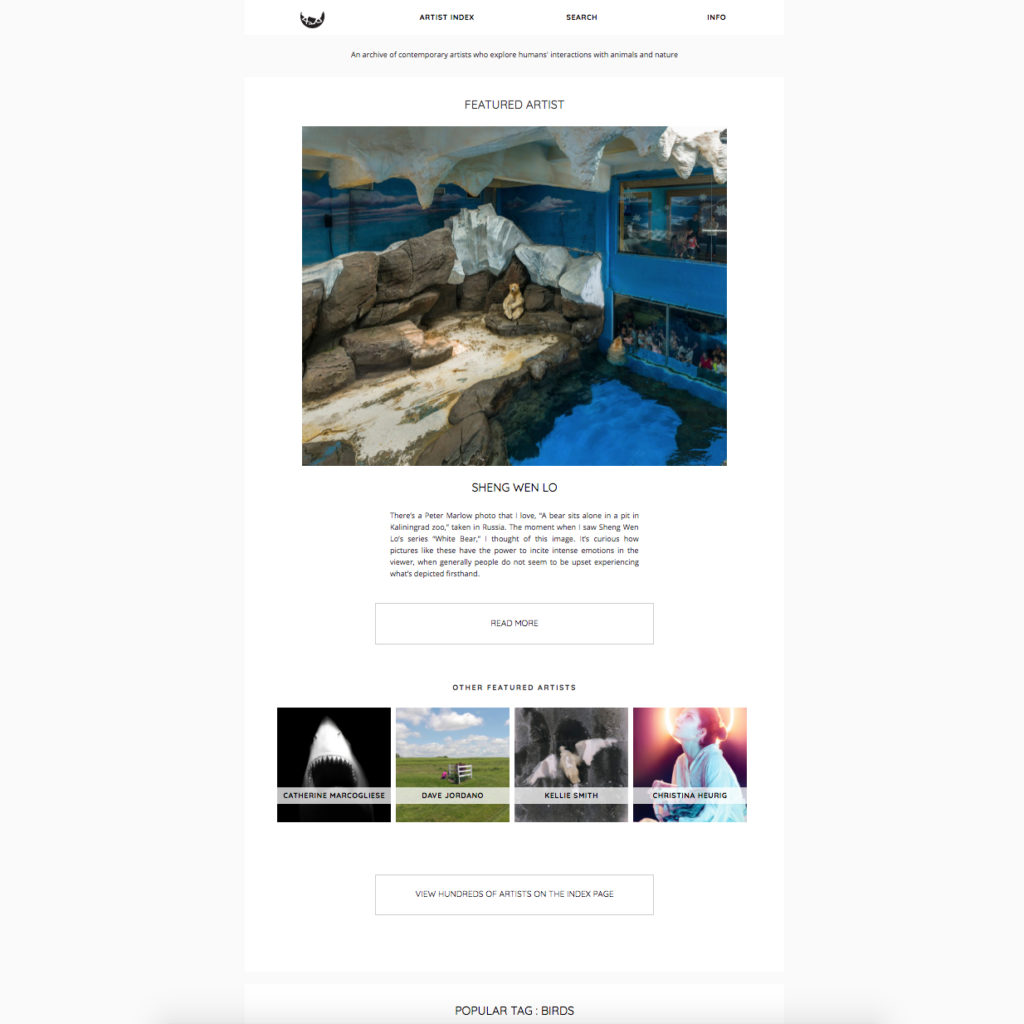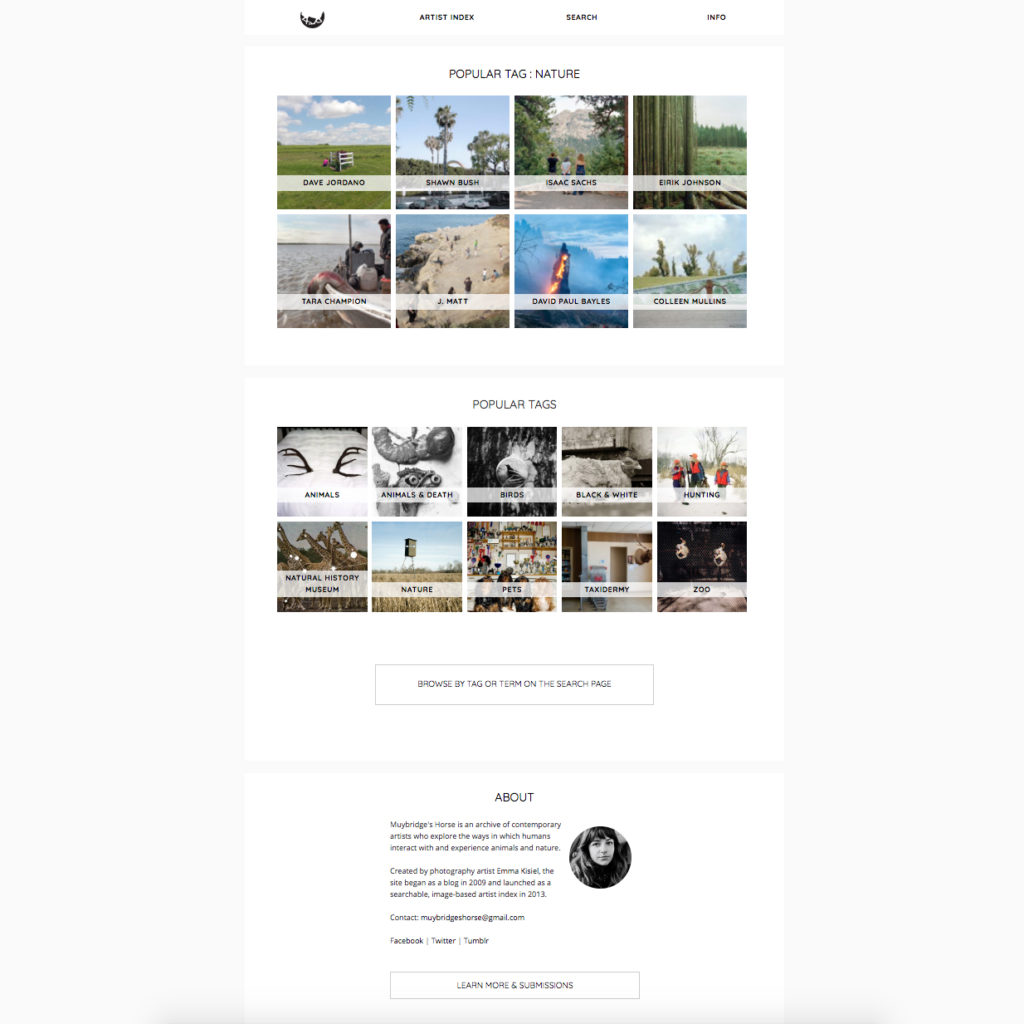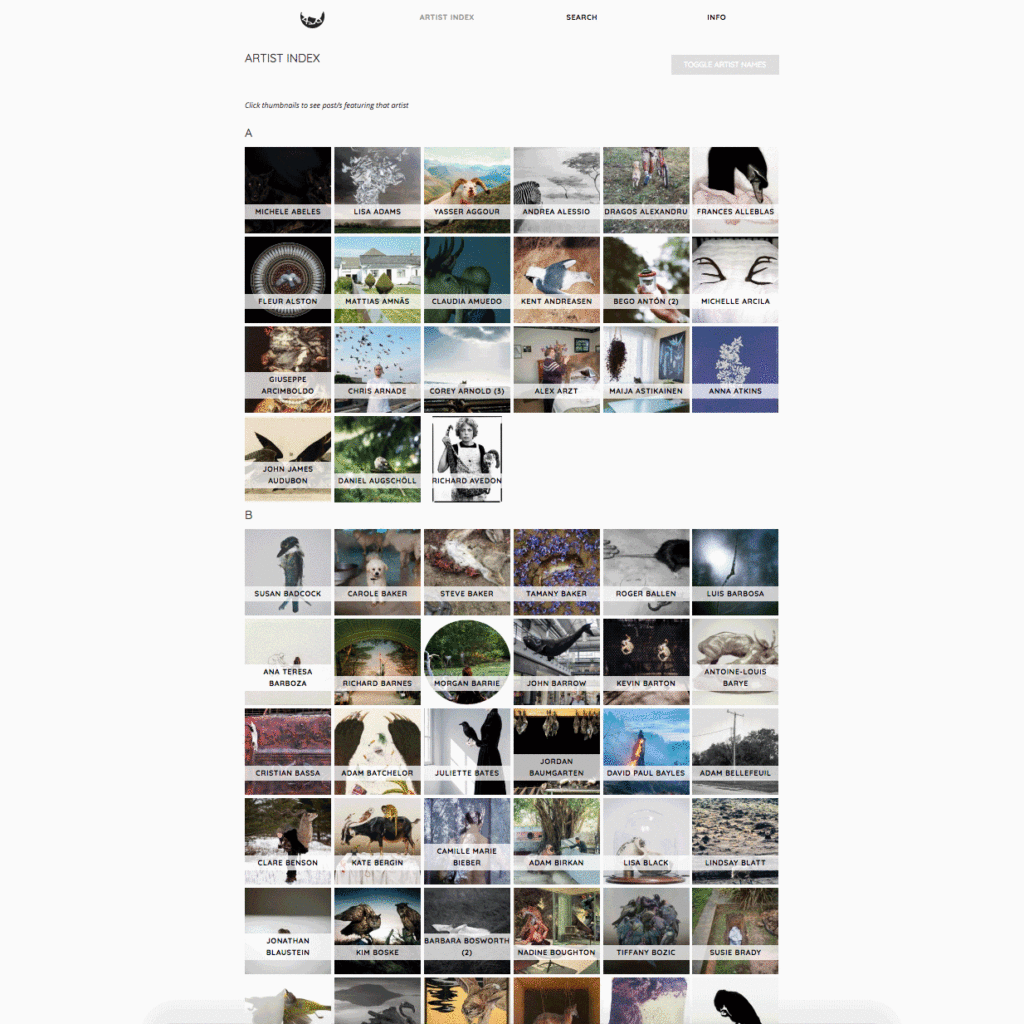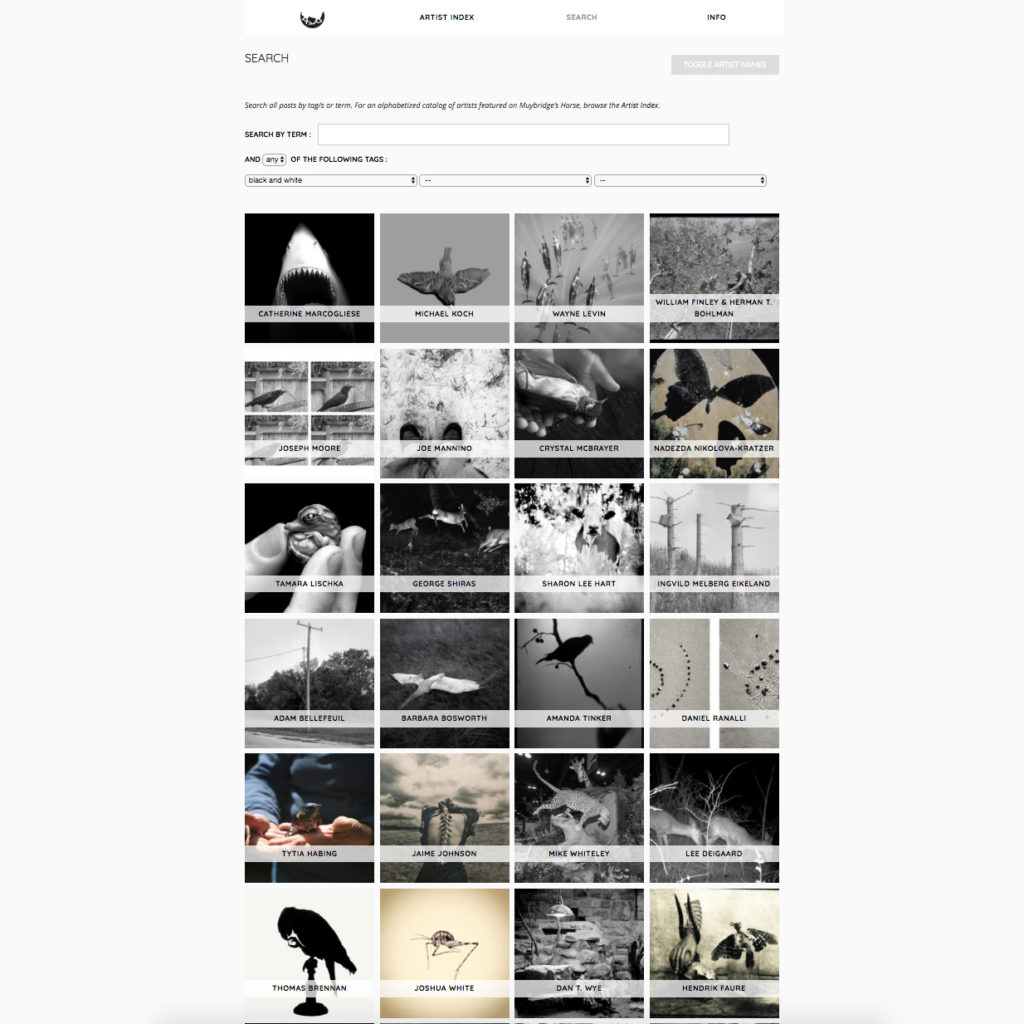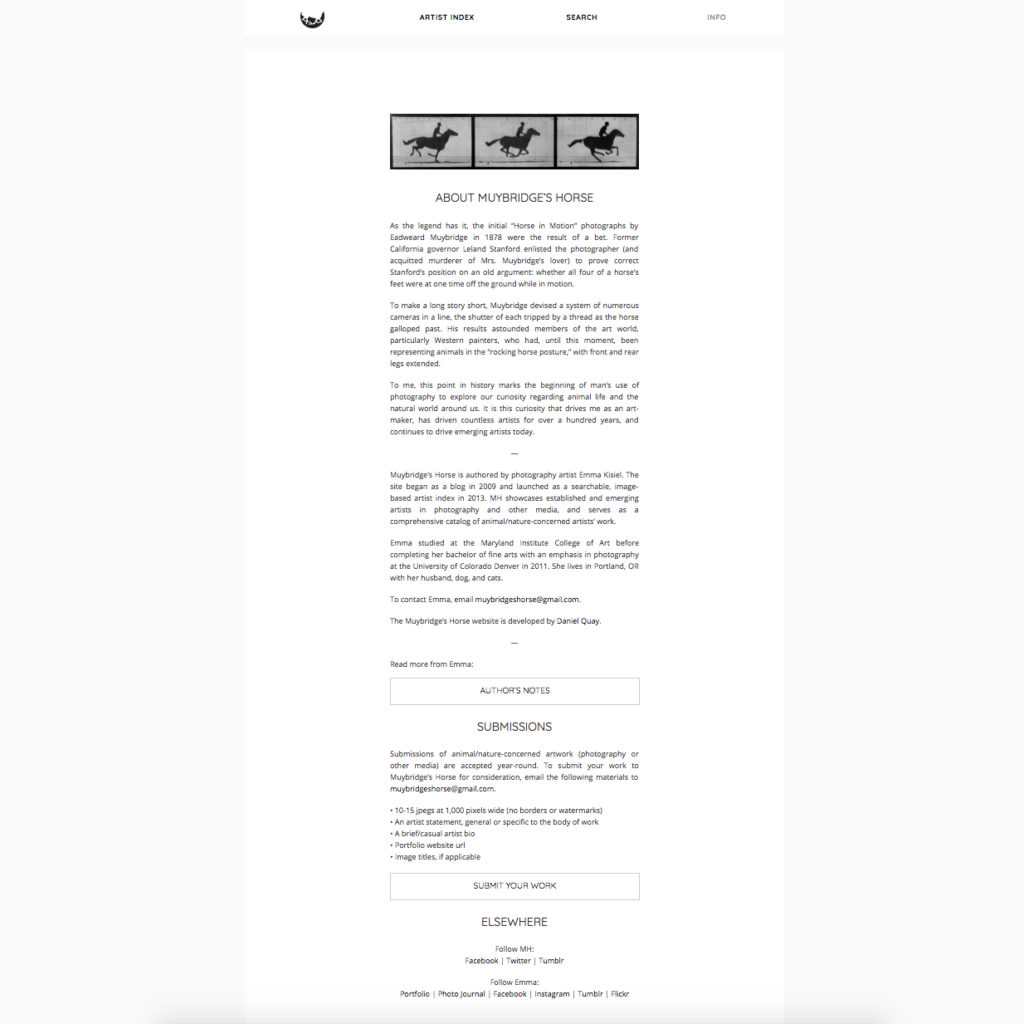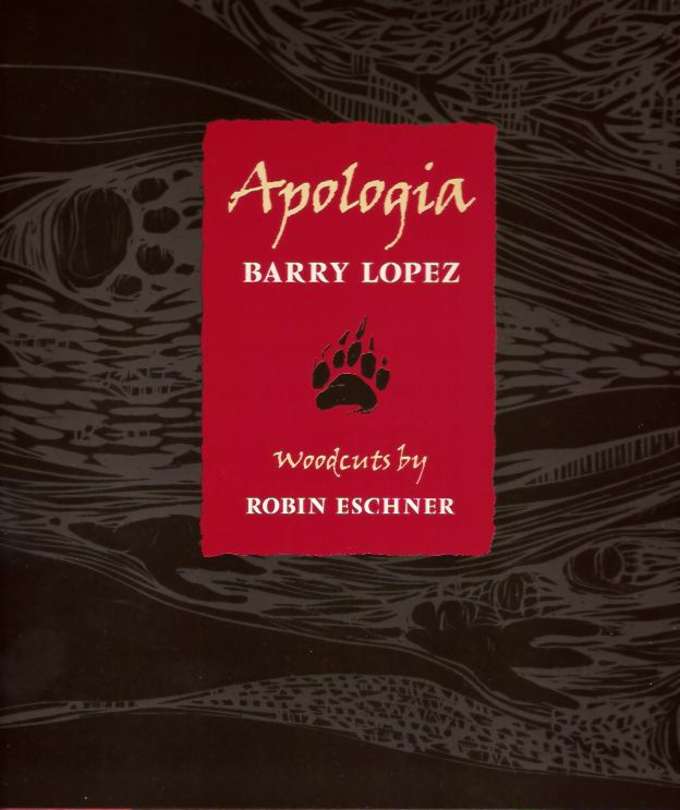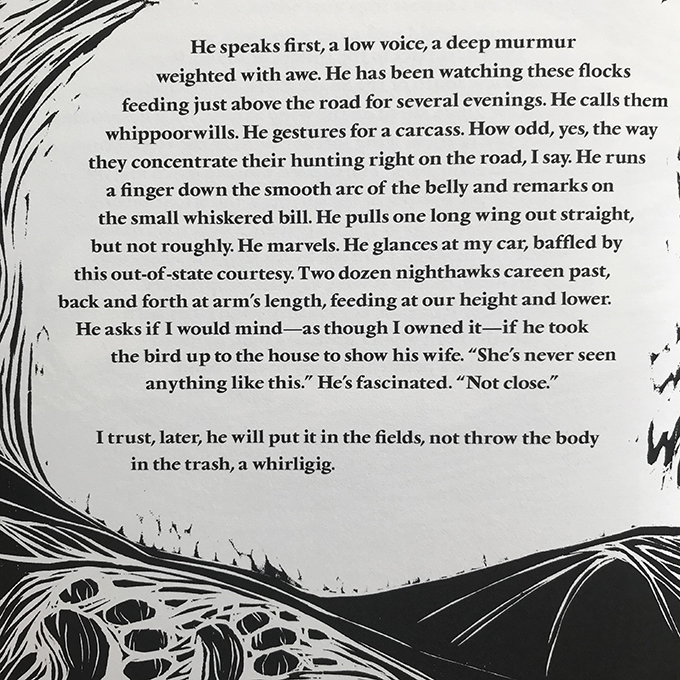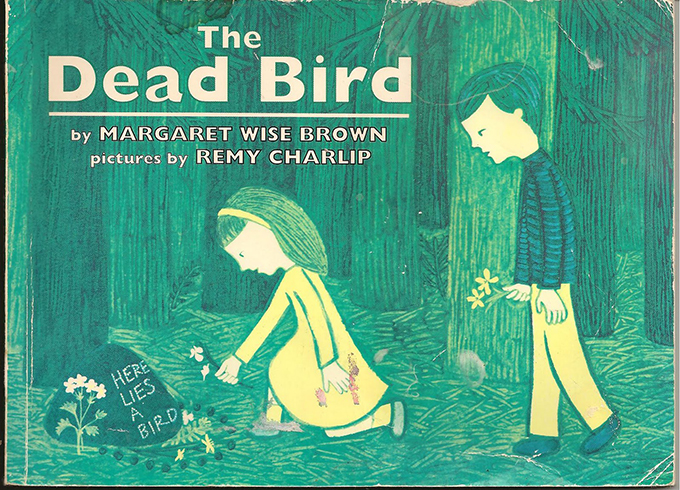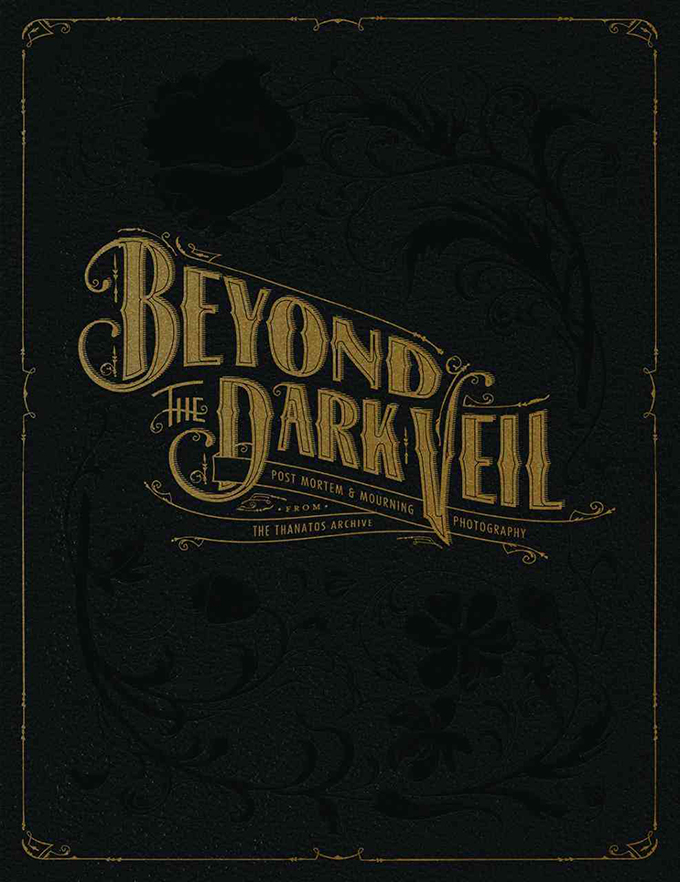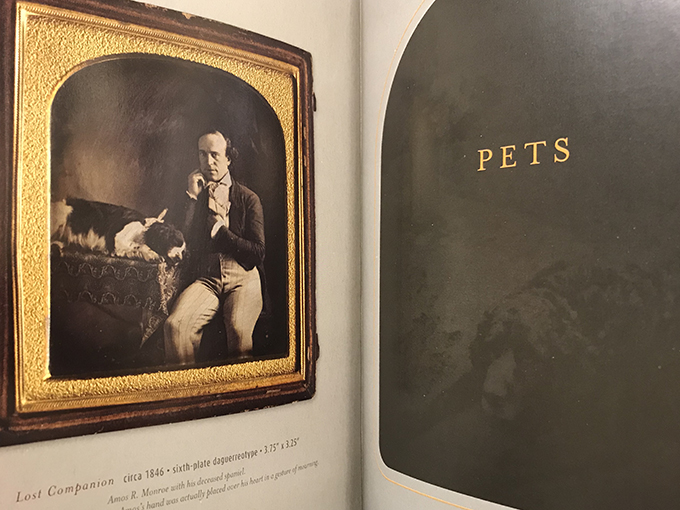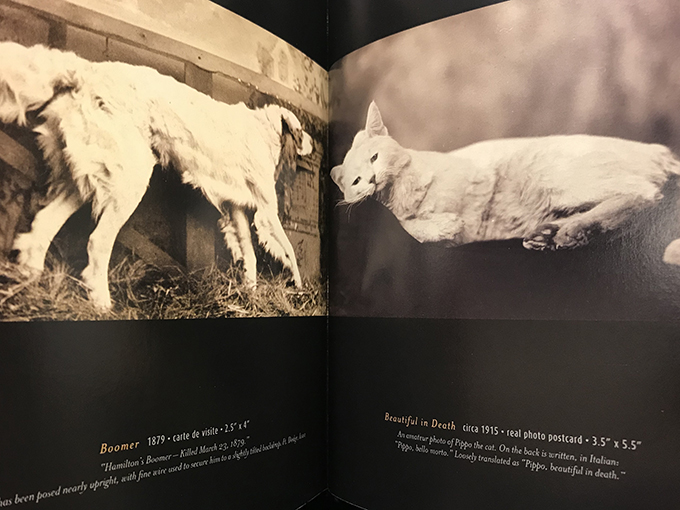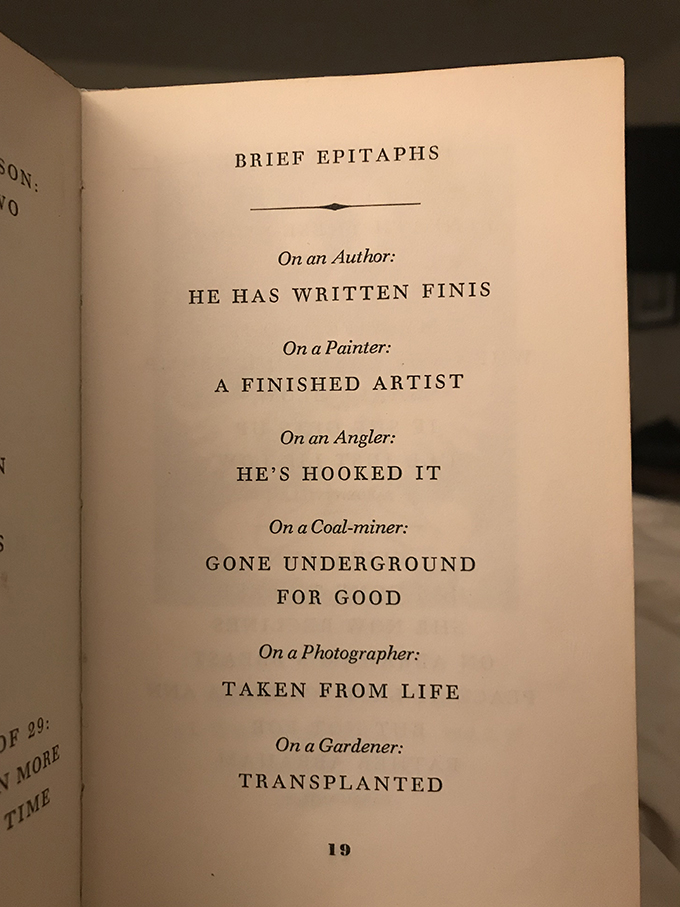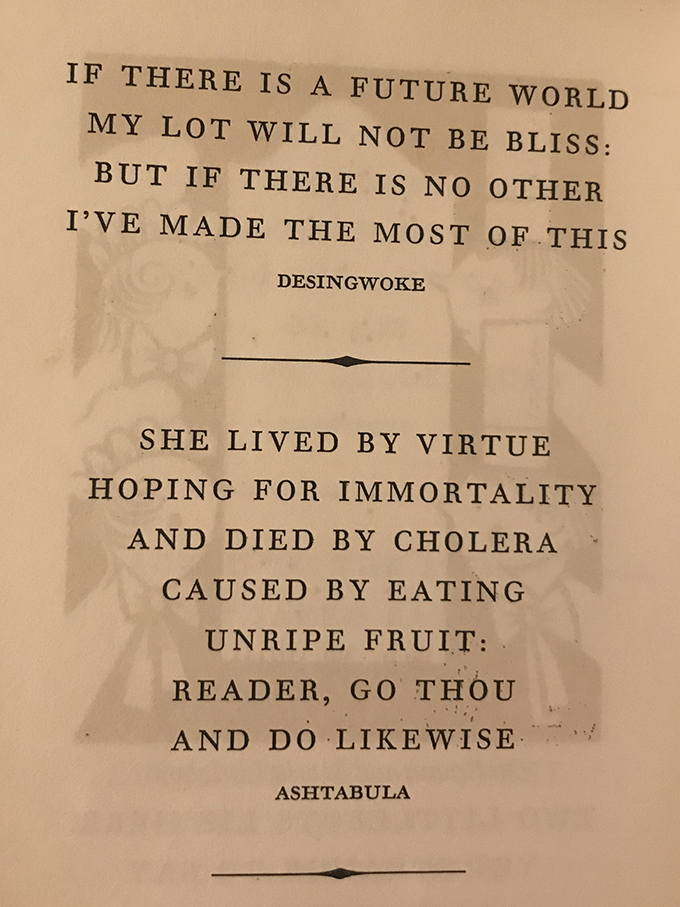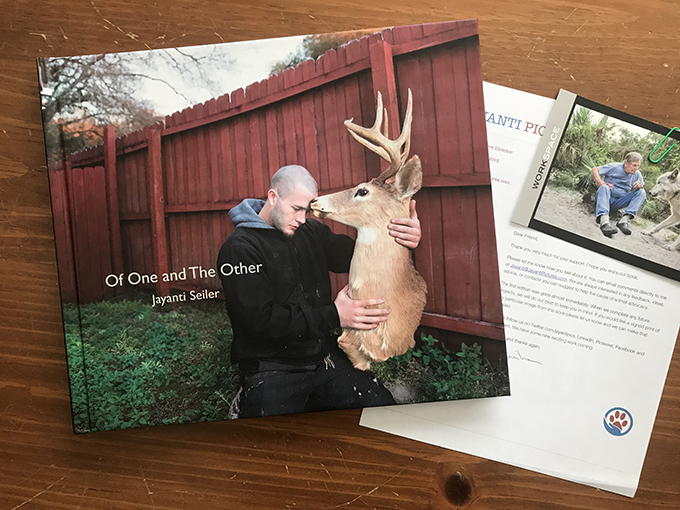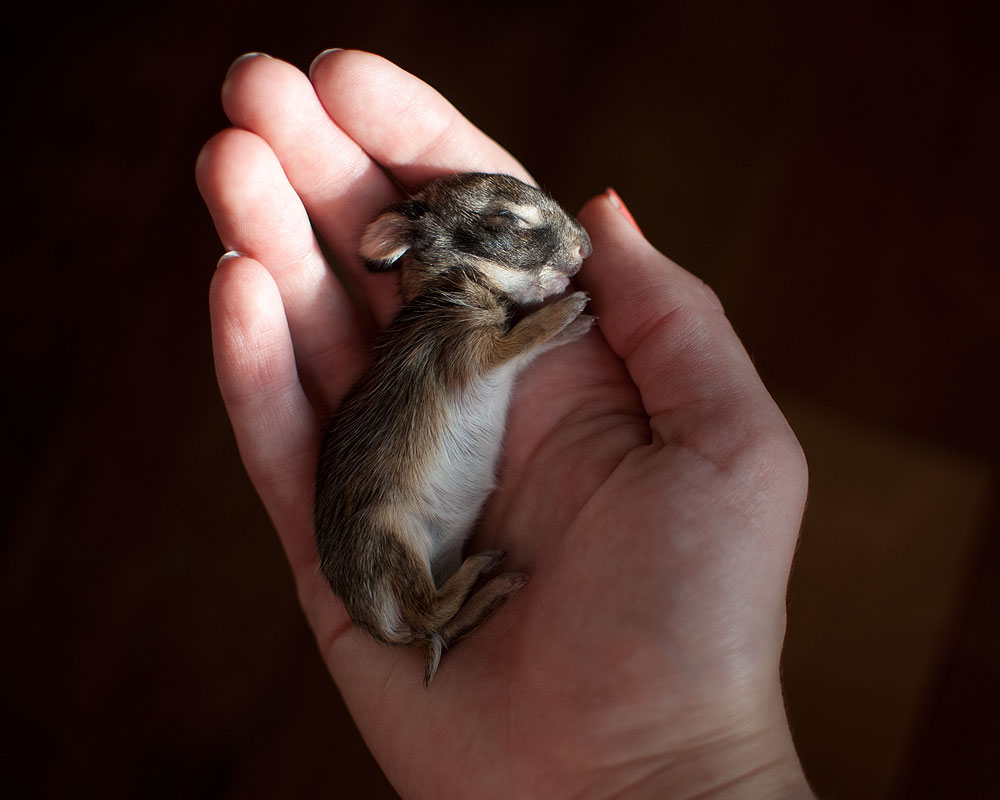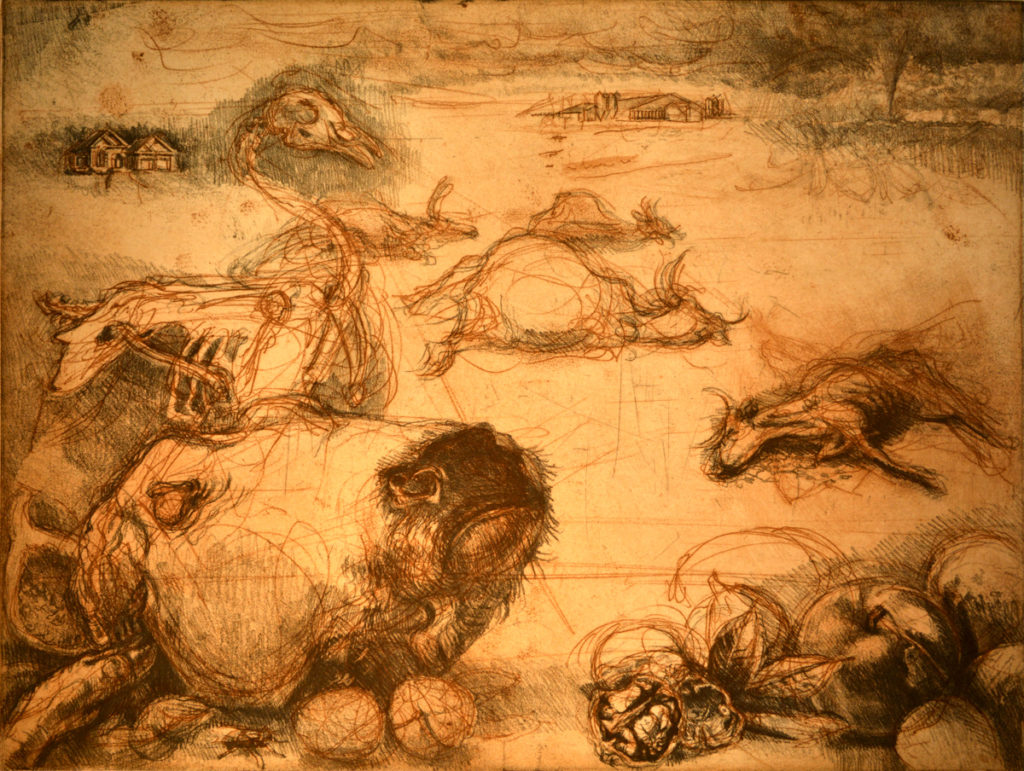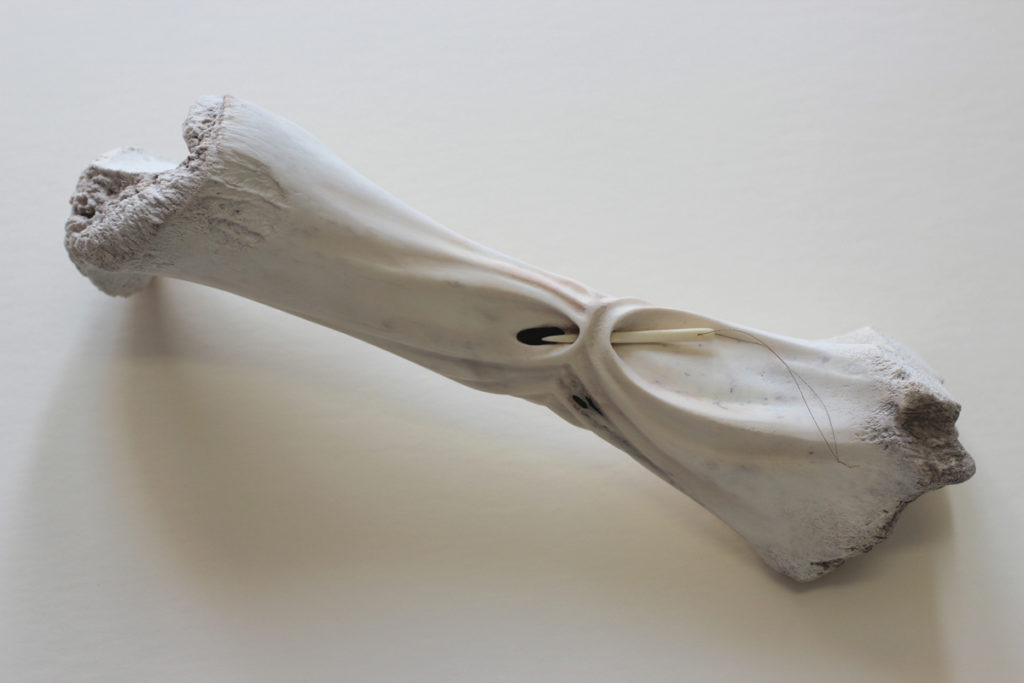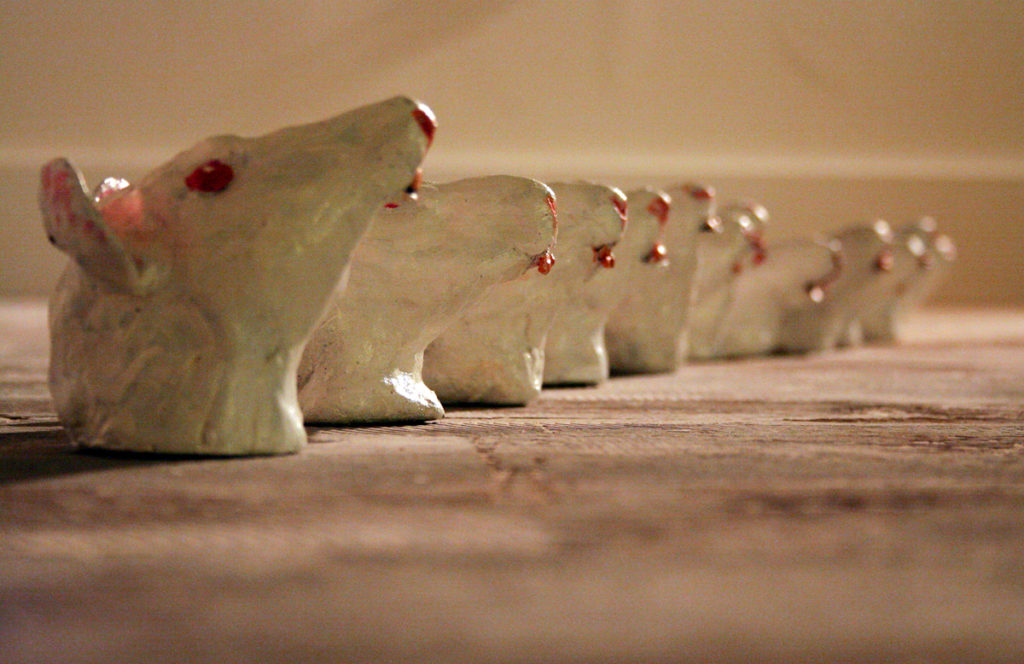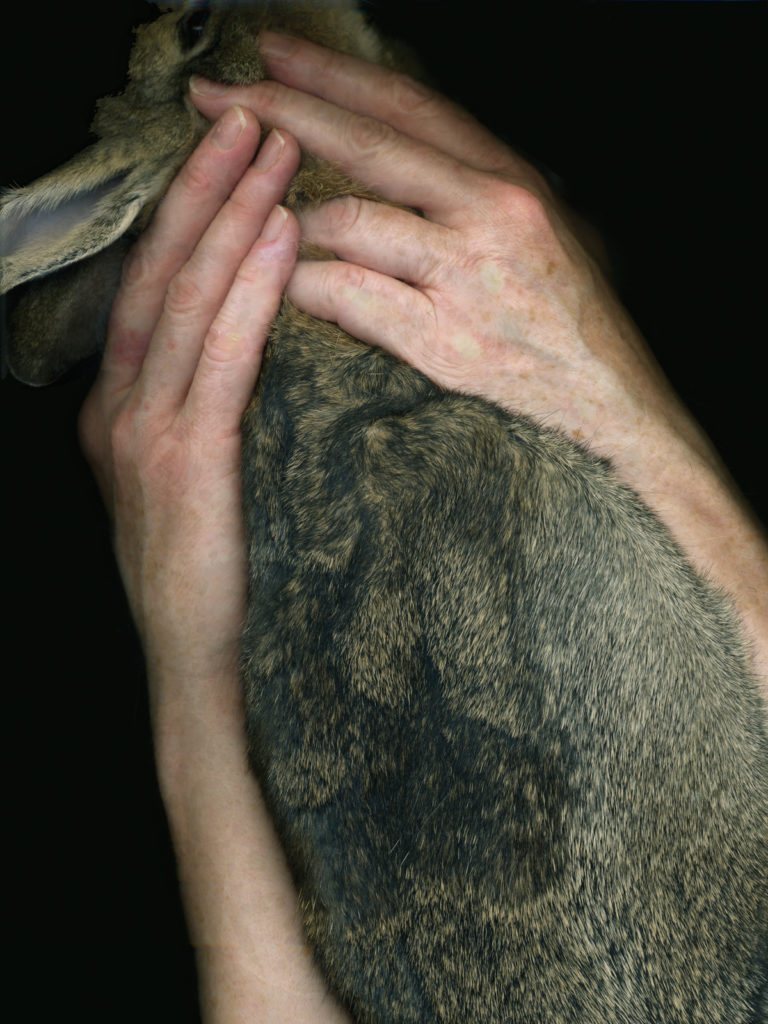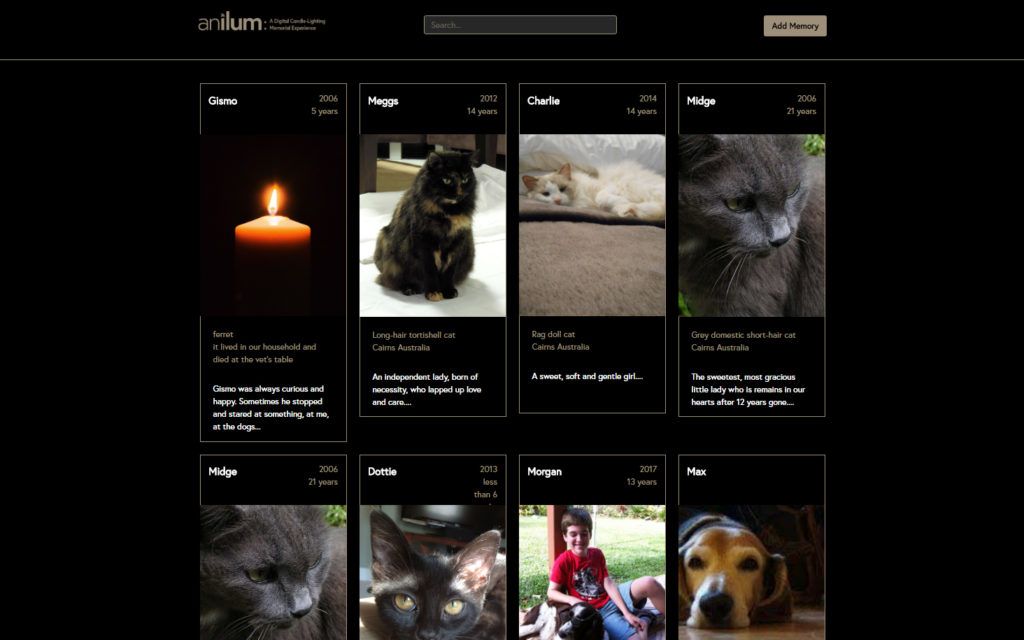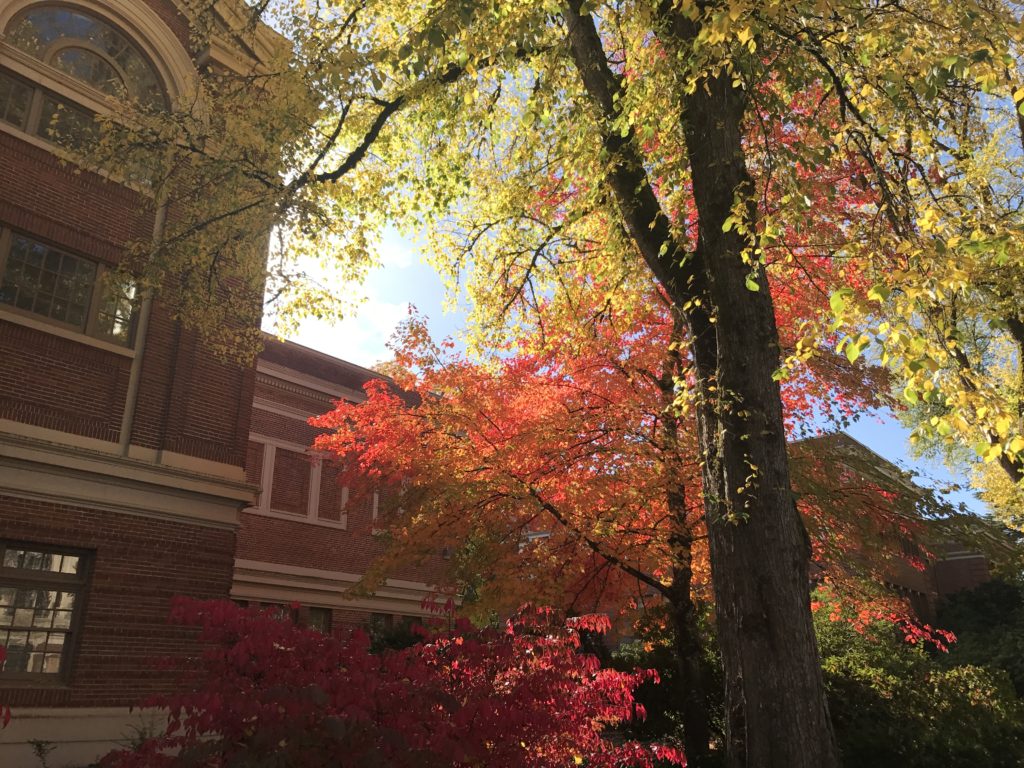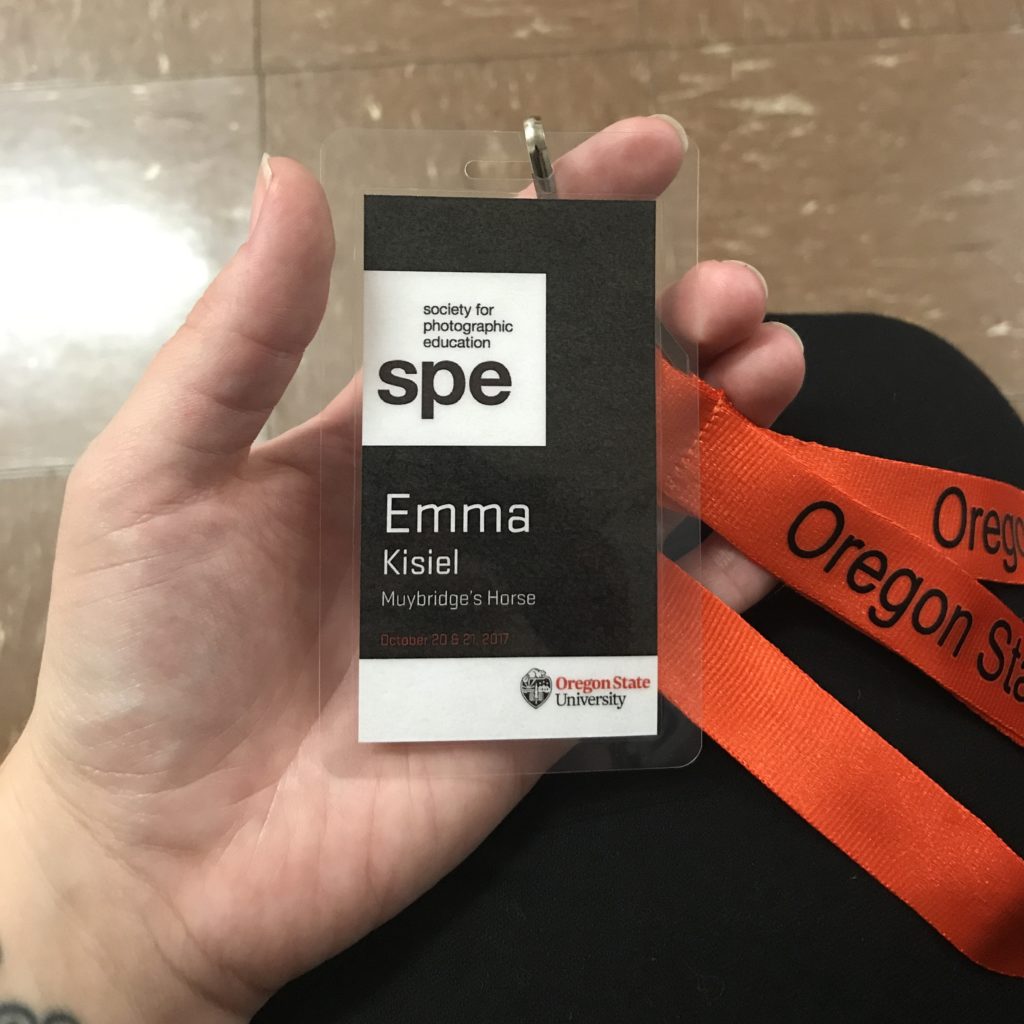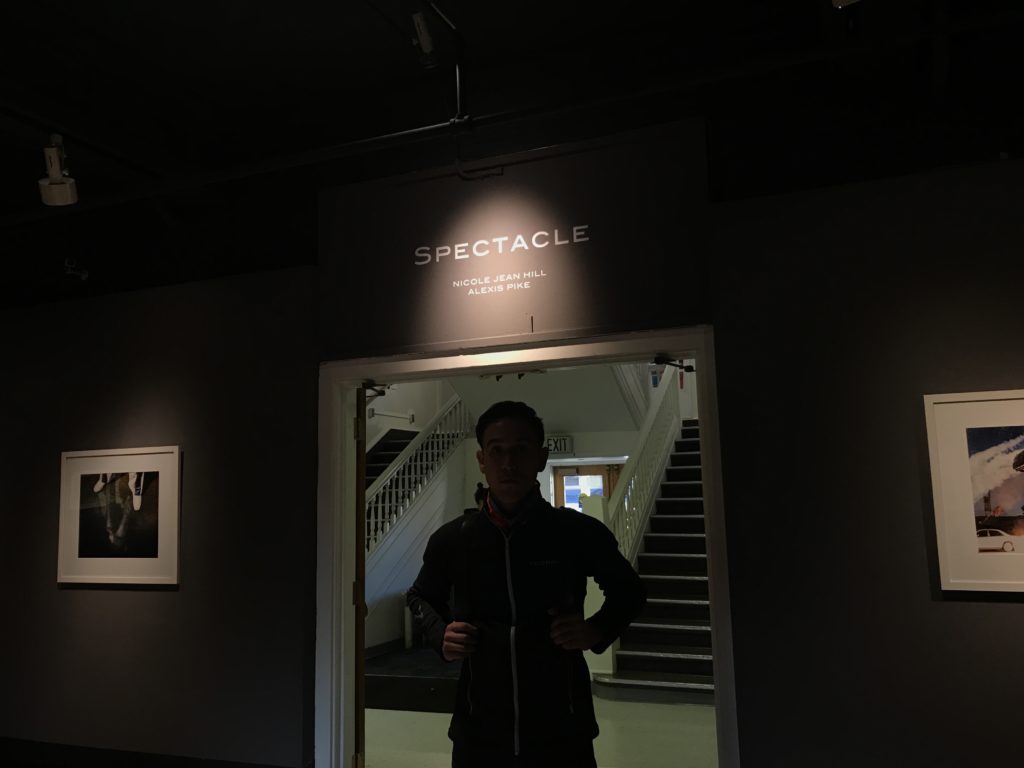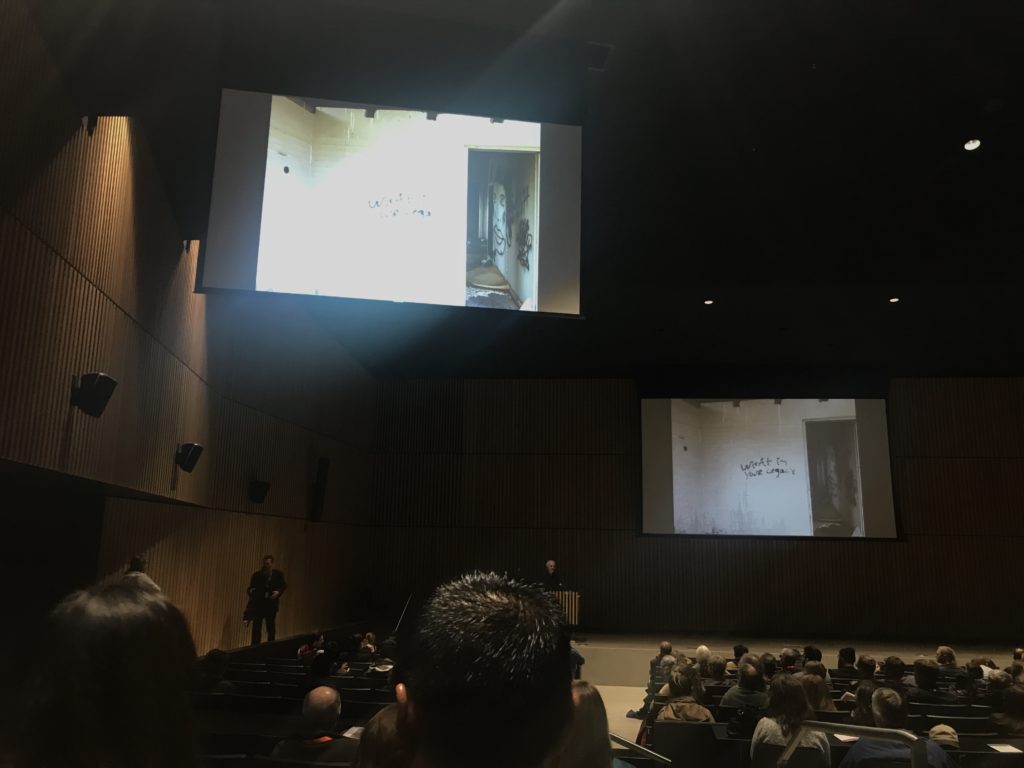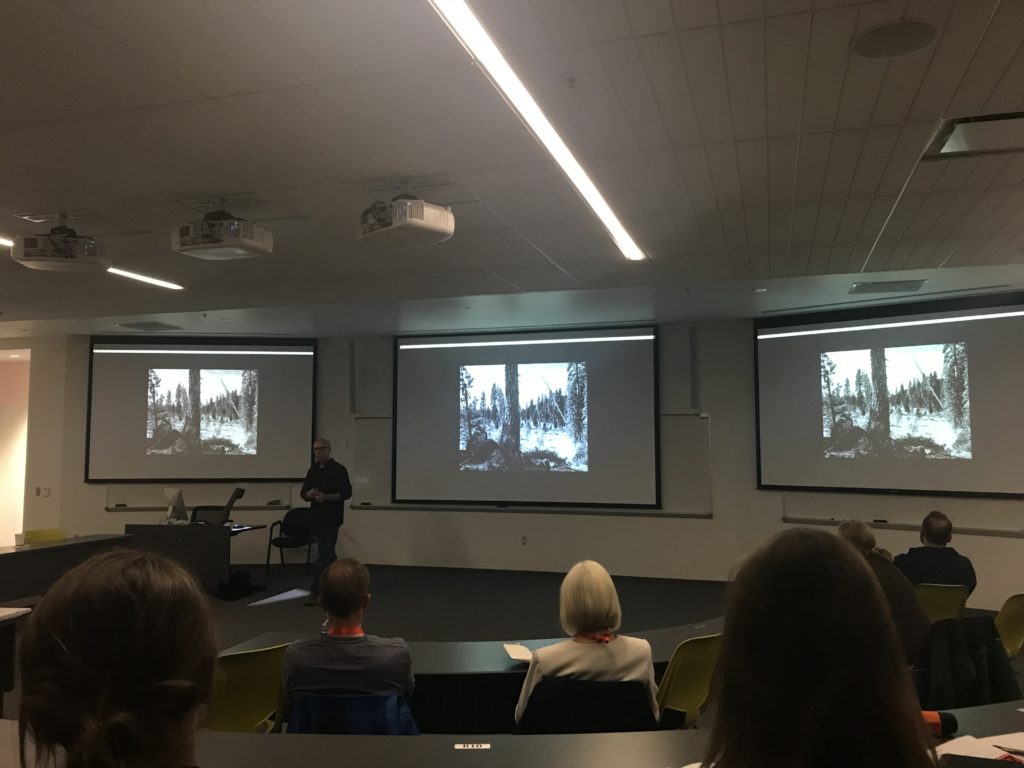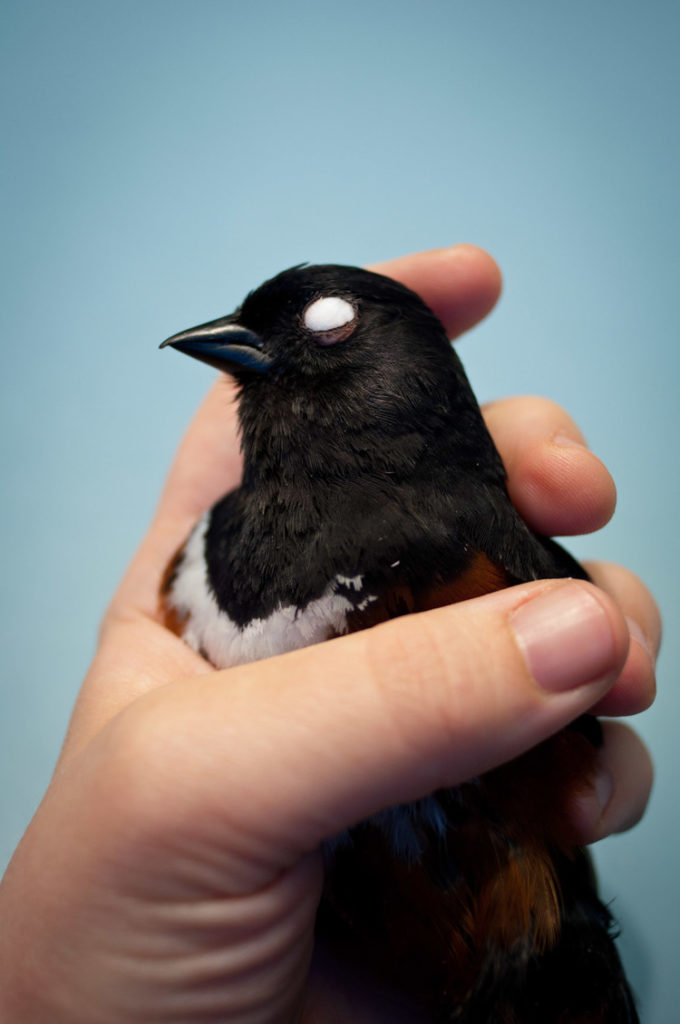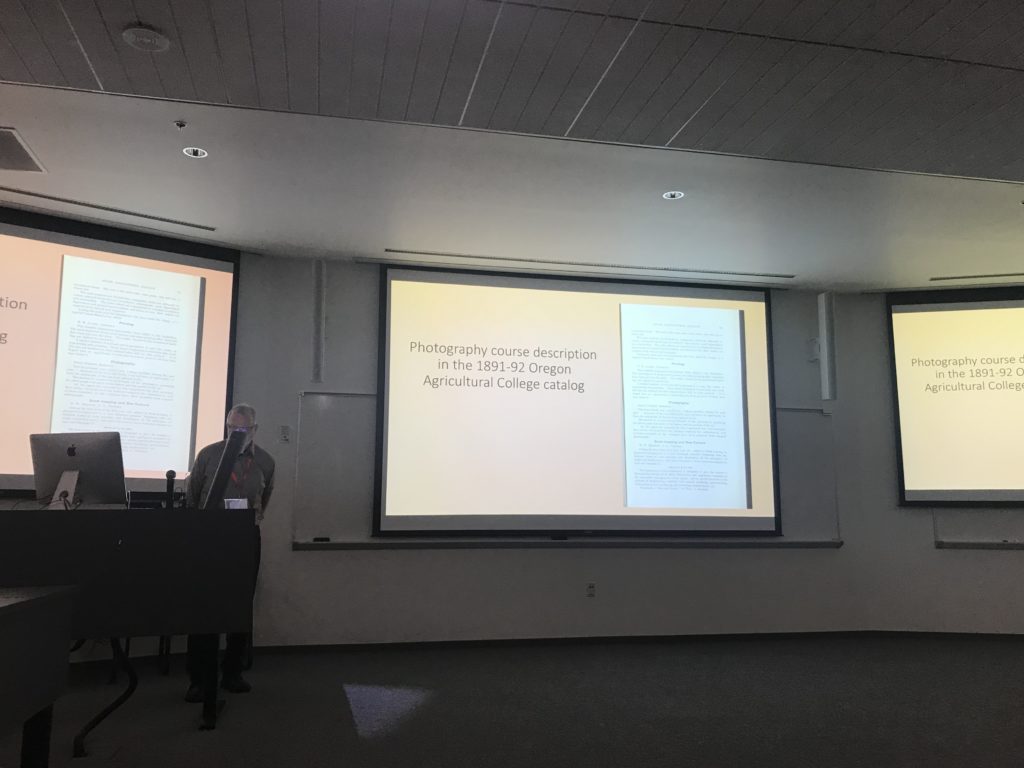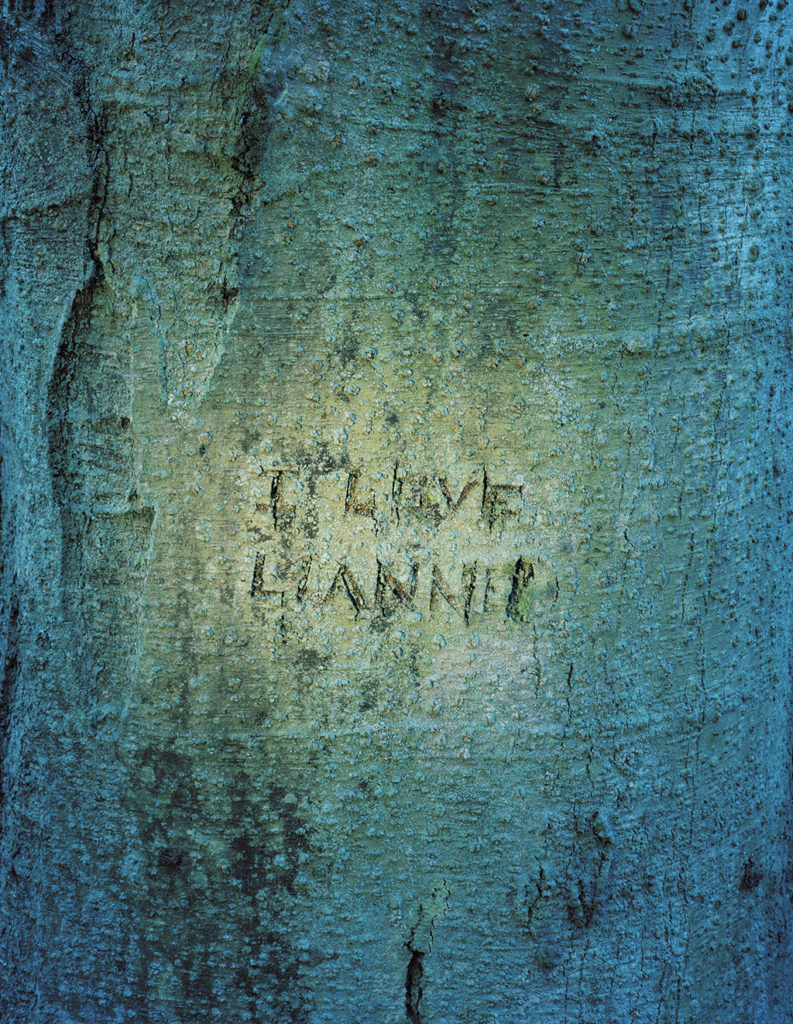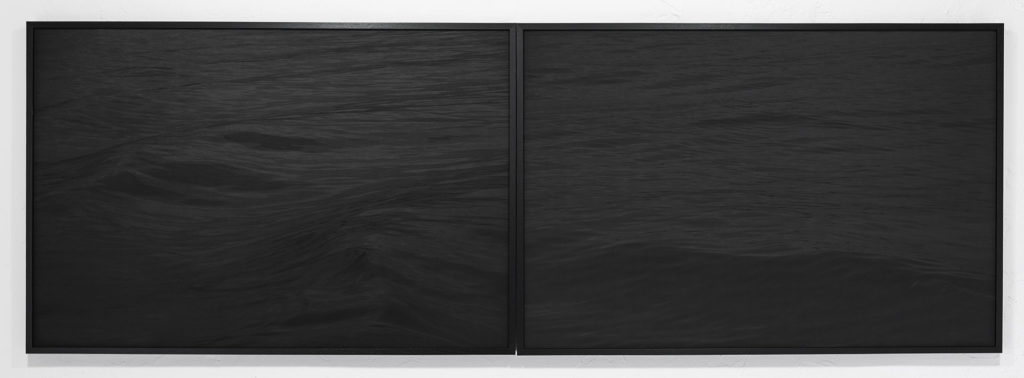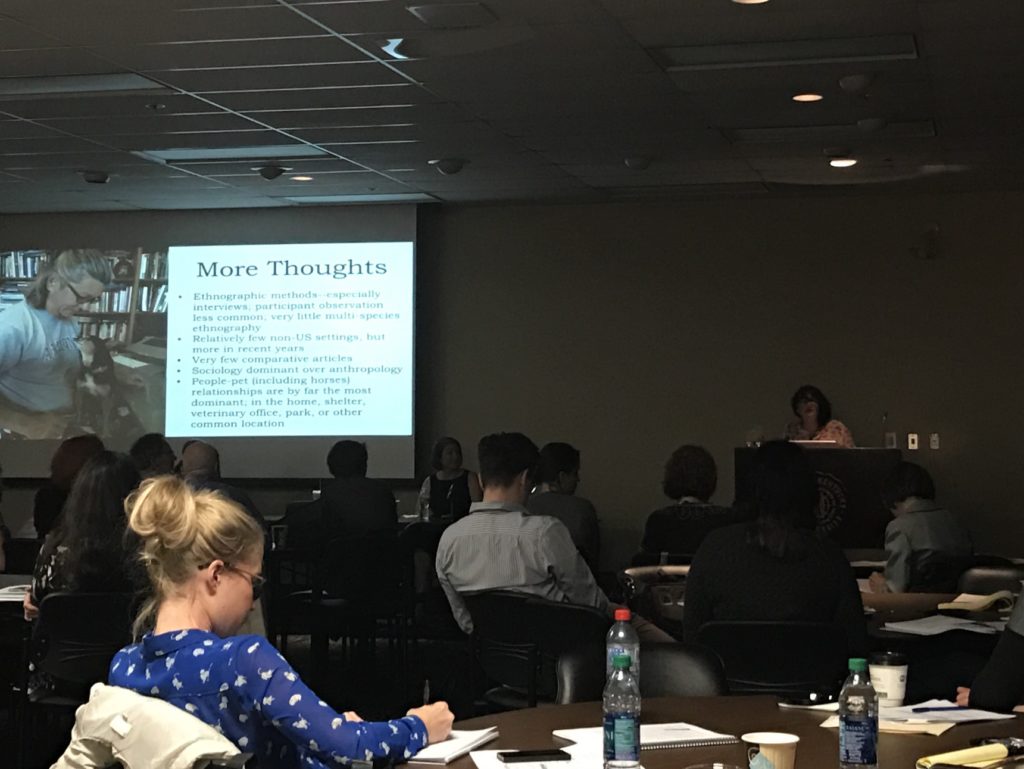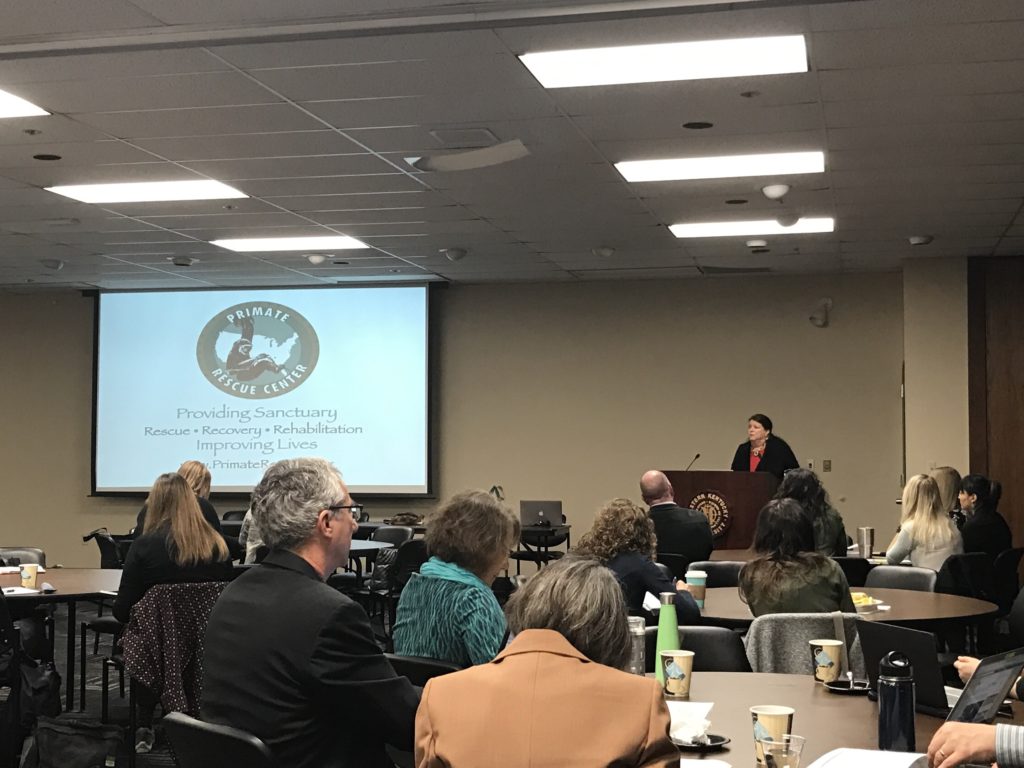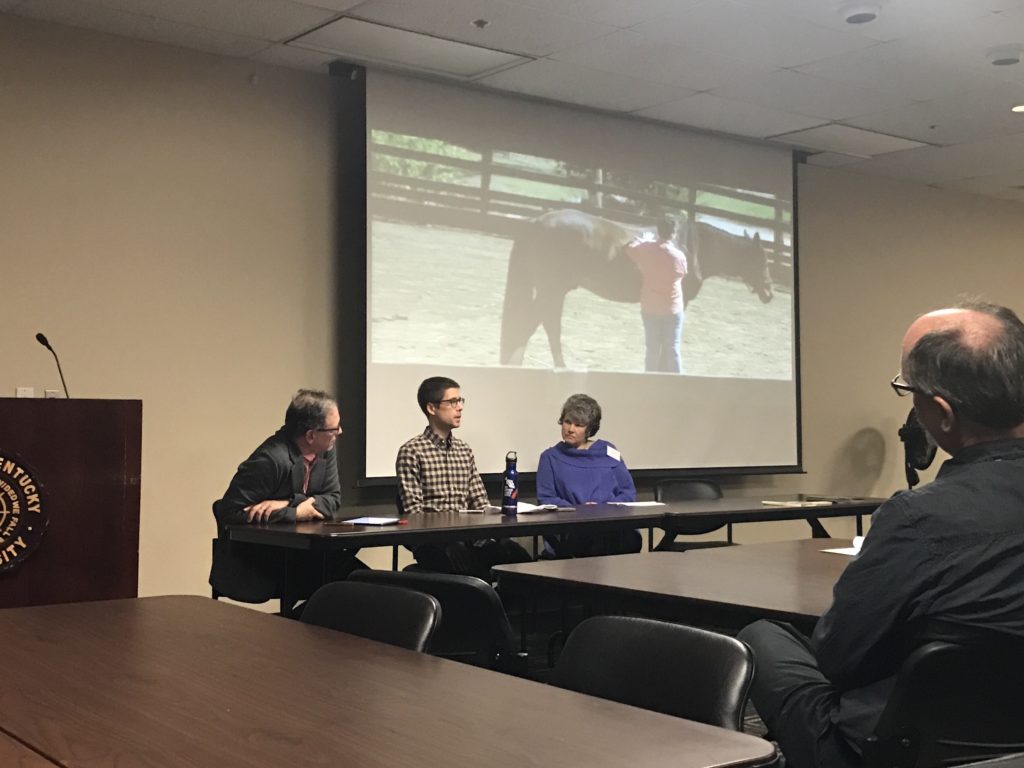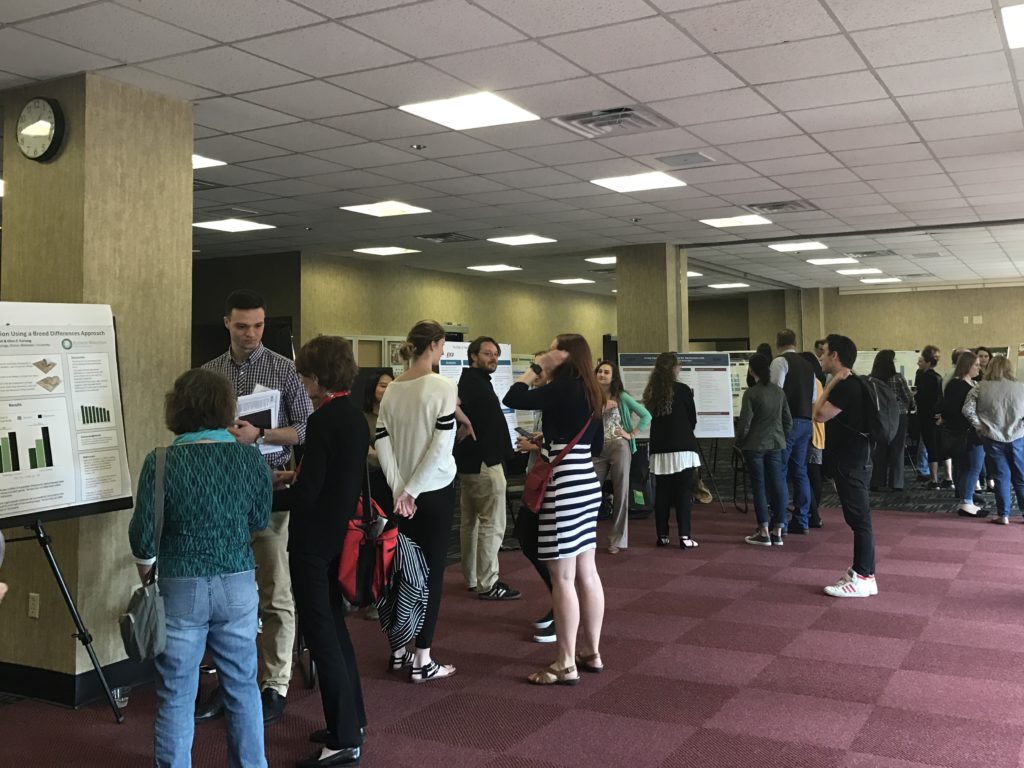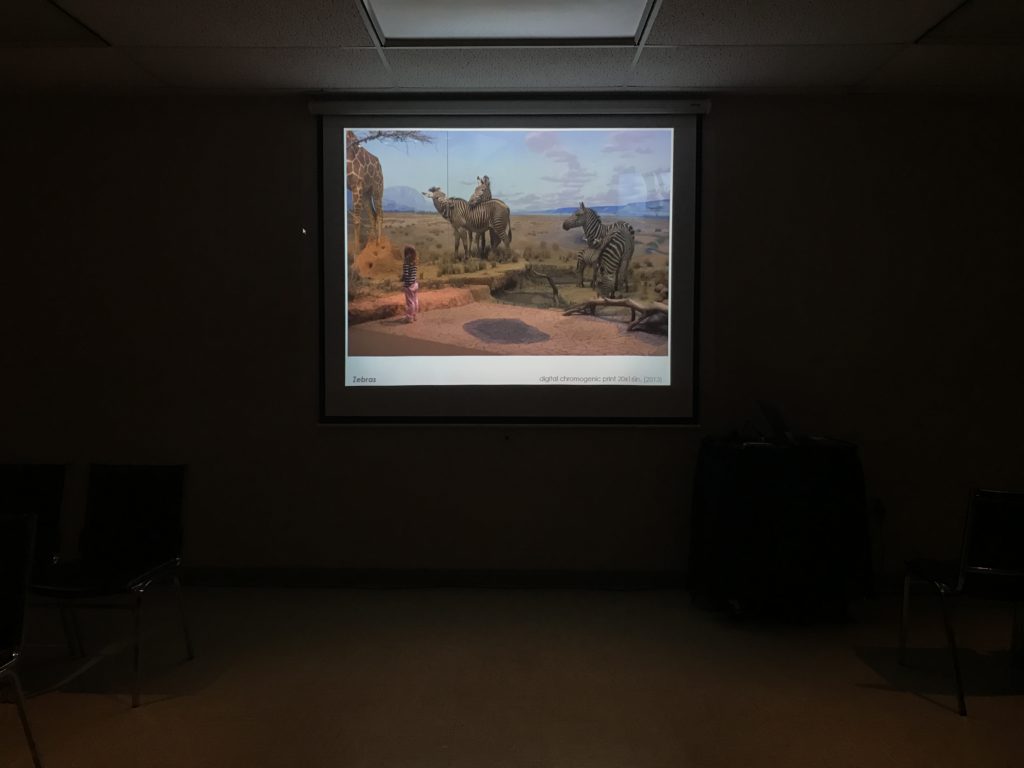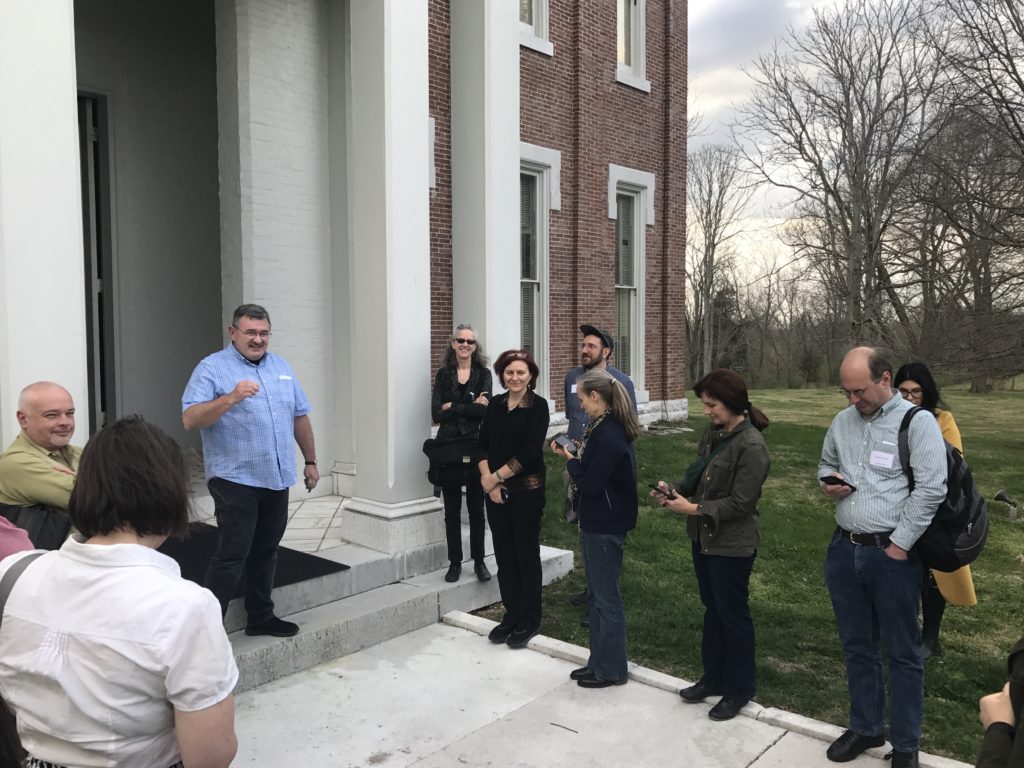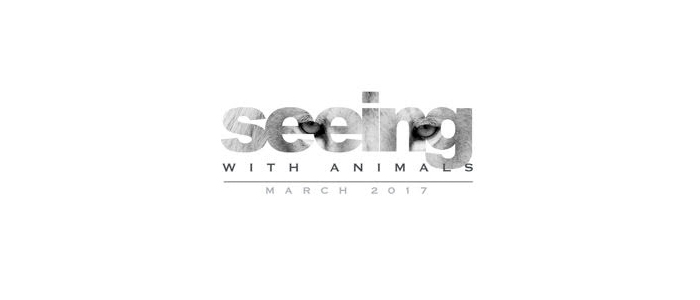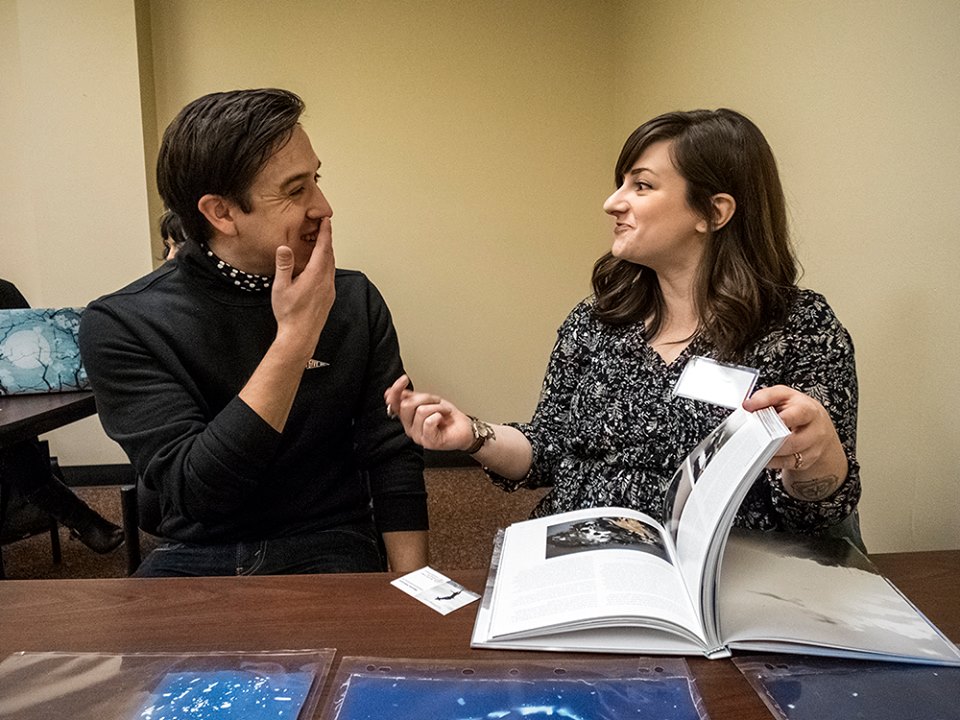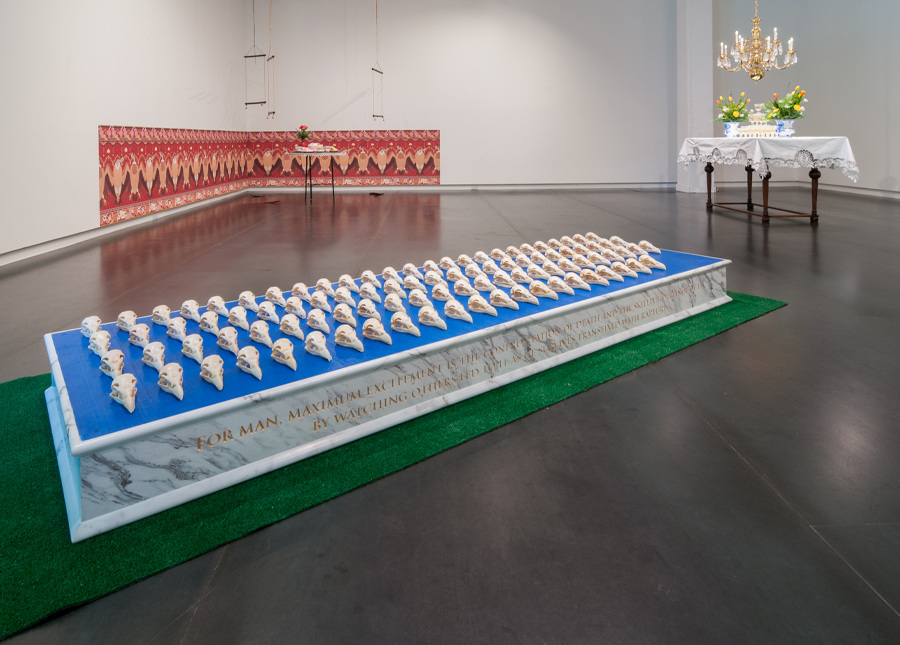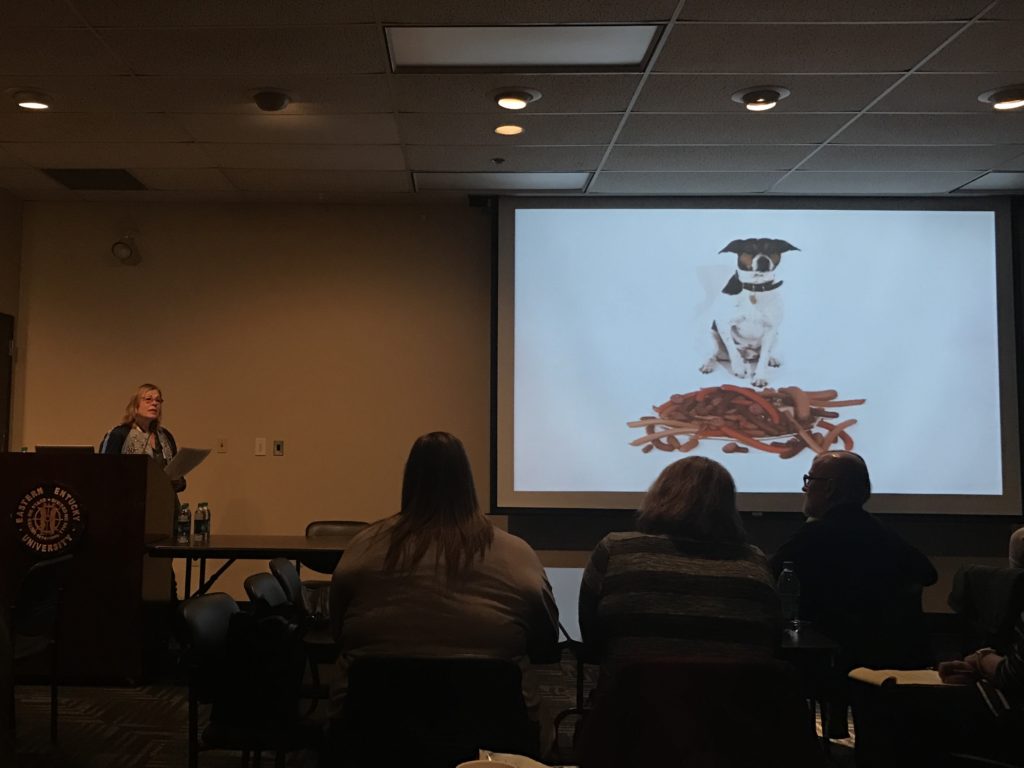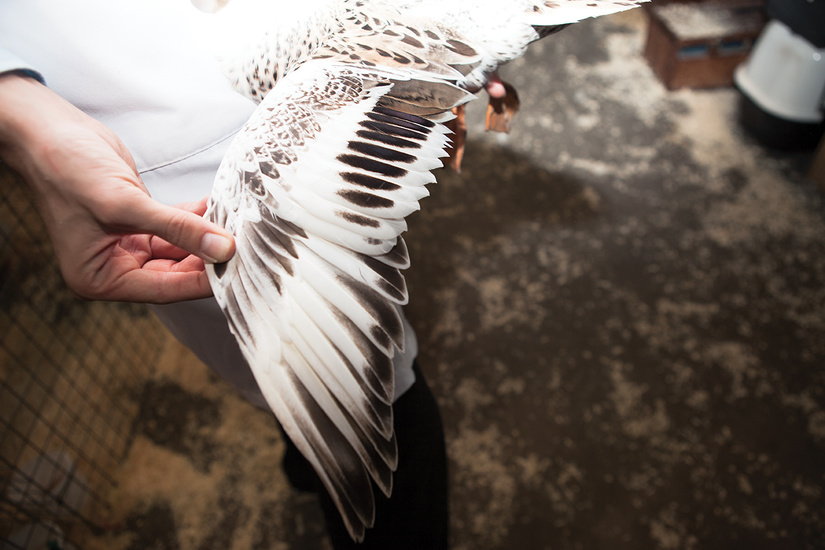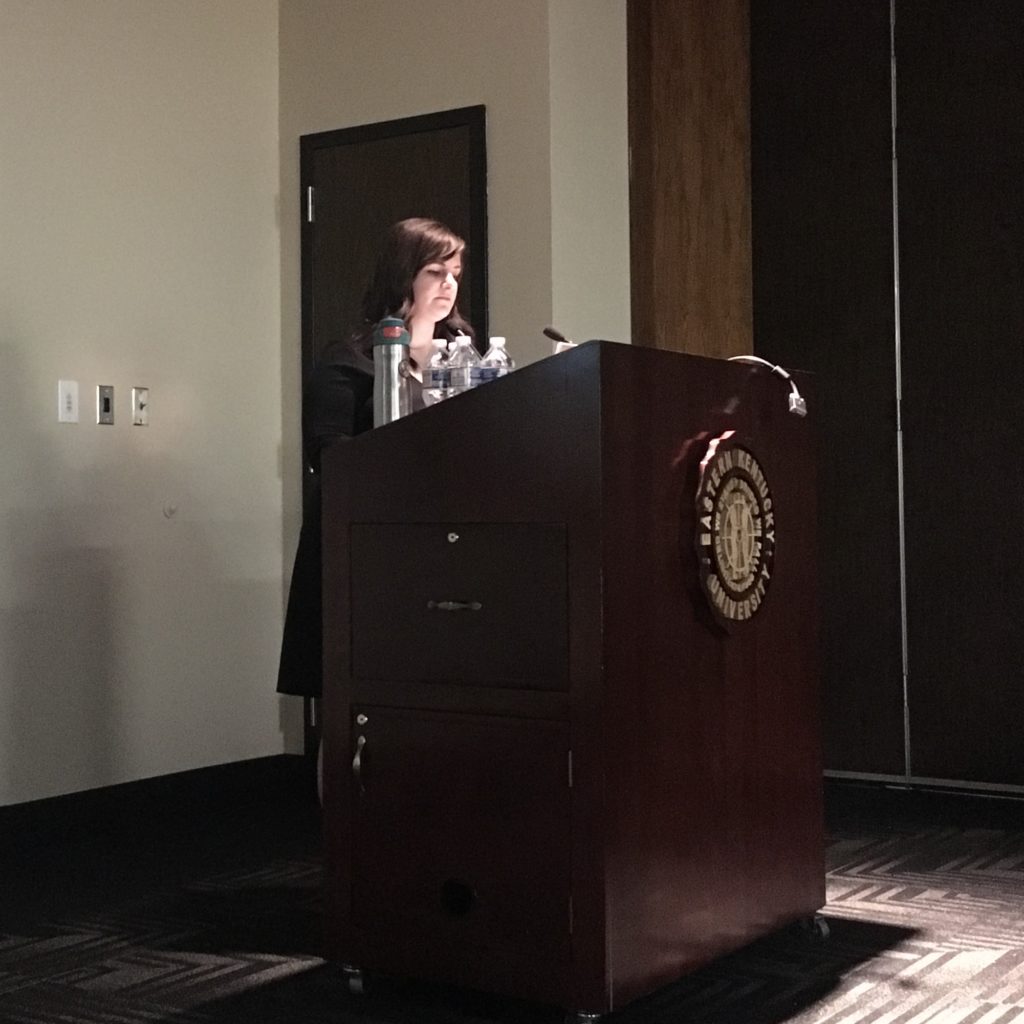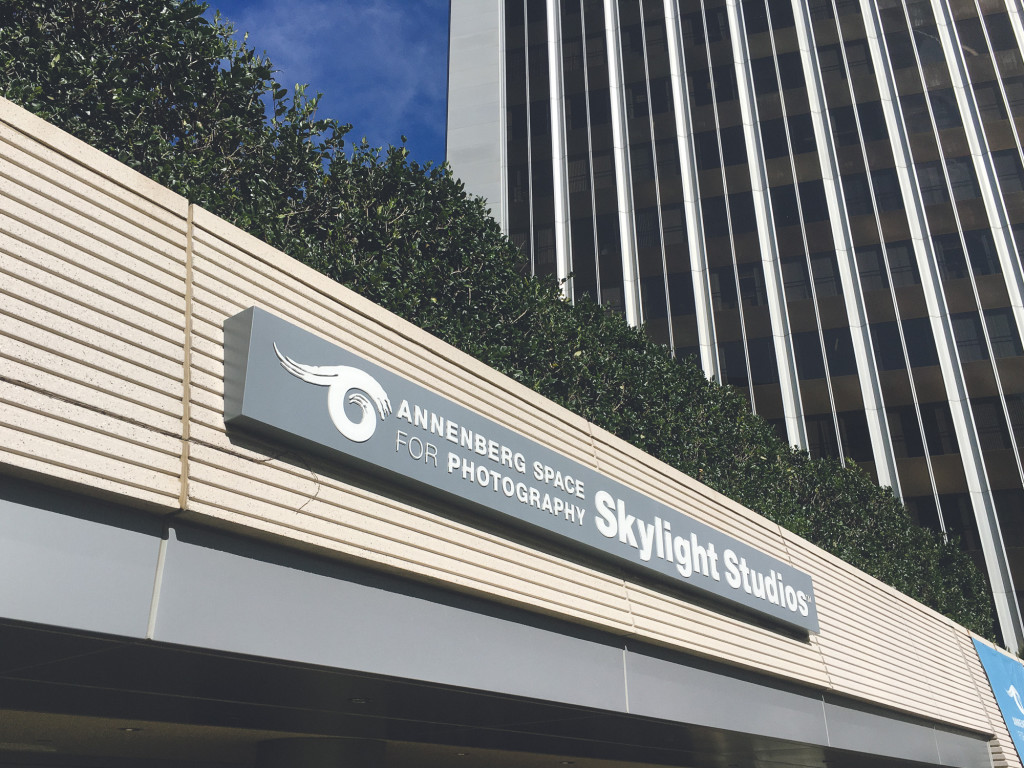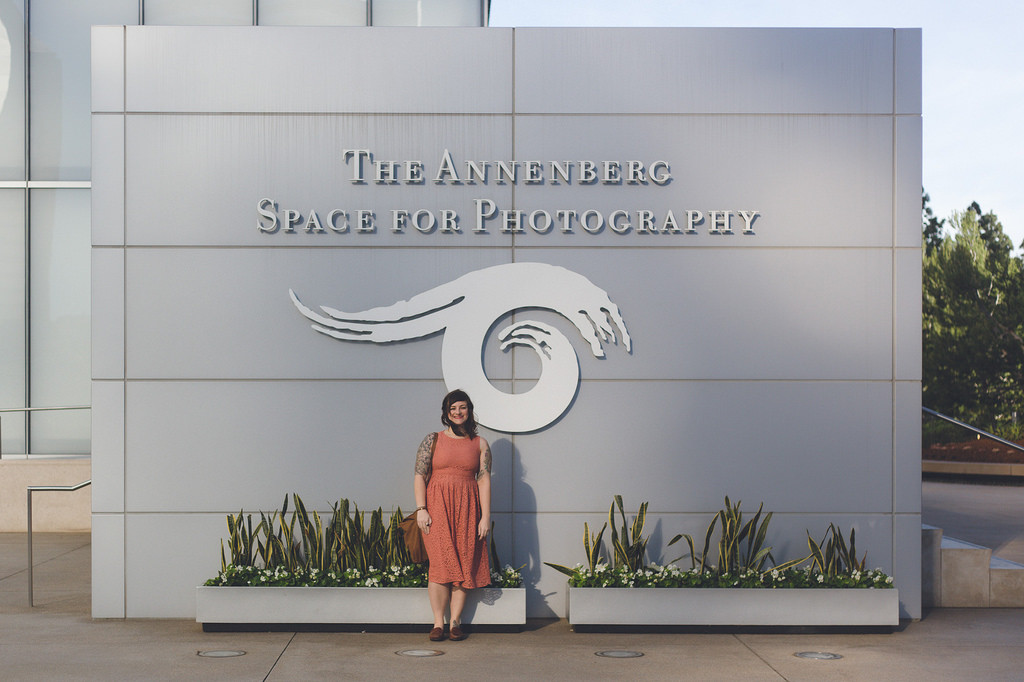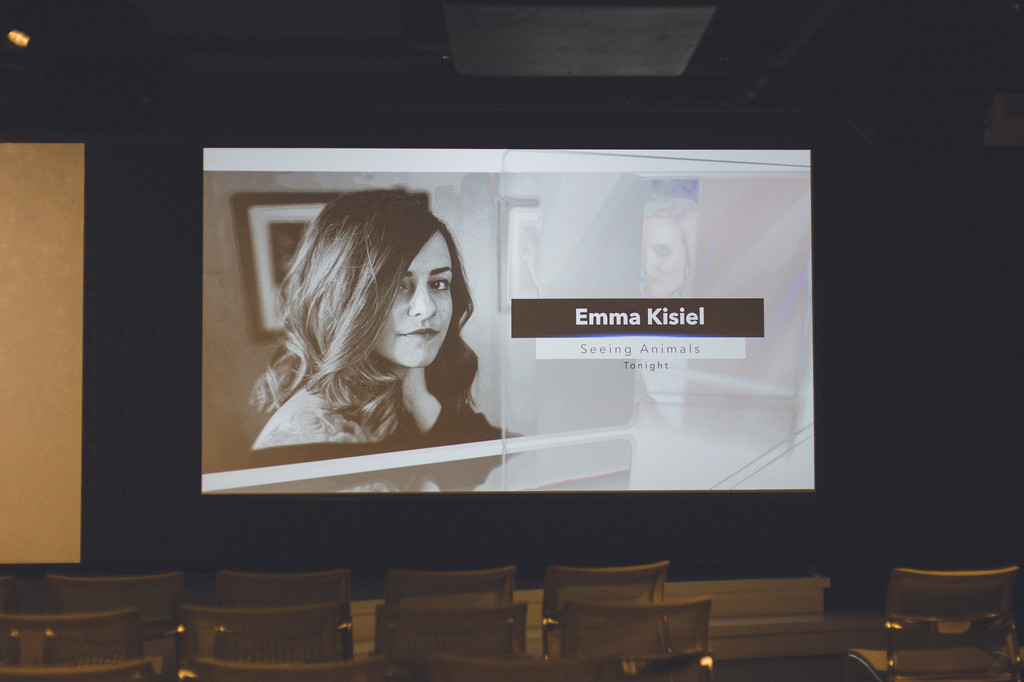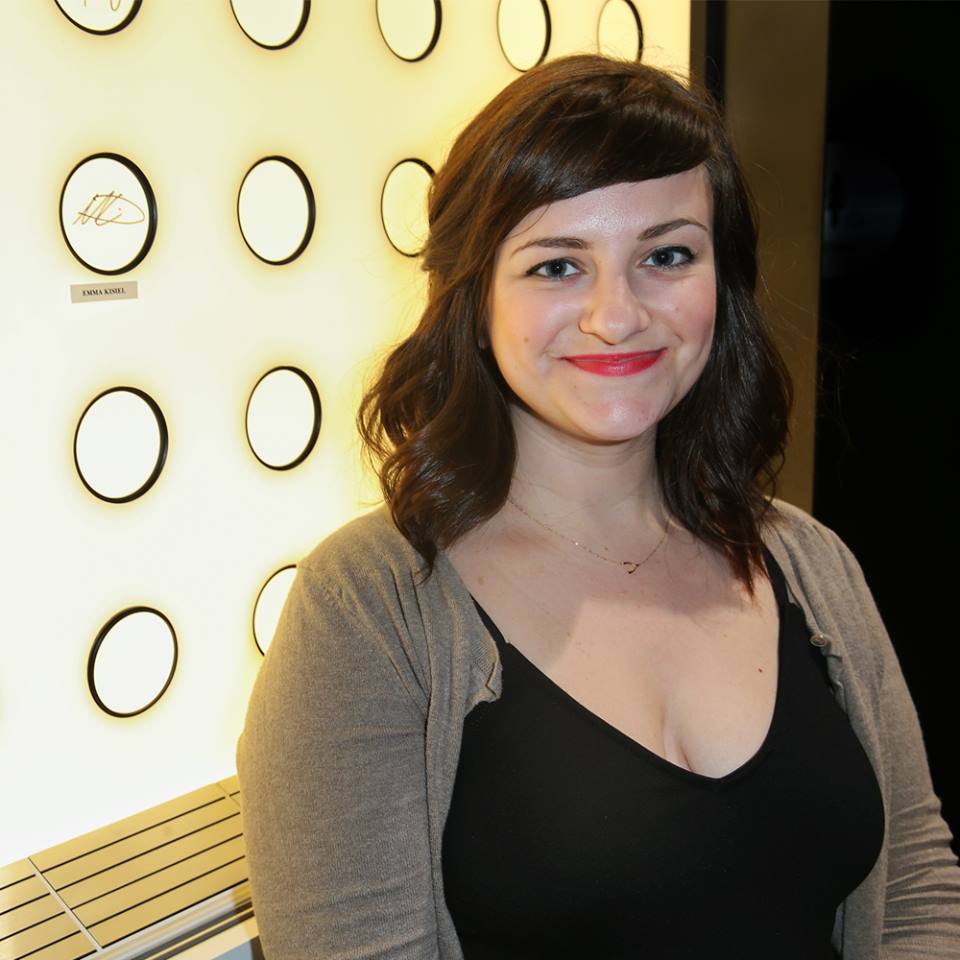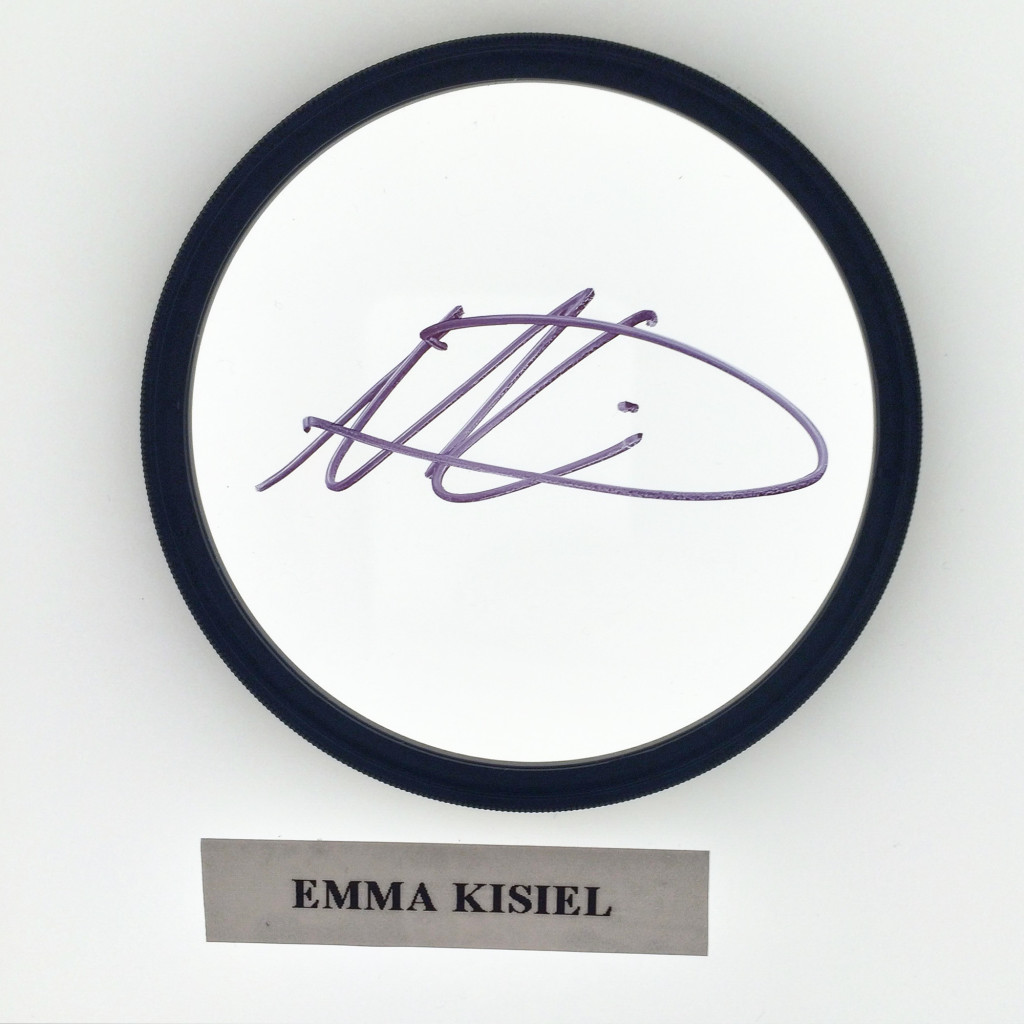Just in time for it to be over, I finally had a moment to digest this month’s truly excellent experience of having work in an exhibition at Blue Sky, the Oregon Center for the Photographic Arts. From a statewide call to photo-based artists, Blue Sky’s founders chose six individuals to represent the future of photography in Oregon. Blue Sky Ahead: Futures is on view Nov. 7 – Dec. 1.
To celebrate its 44th birthday, Blue Sky launched a two-part exhibition series, which began with October’s exhibition, Blue Sky Ahead: Founders, work by founders Ann Hughes, Christopher Rauschenberg, Craig Hickman, Robert DiFranco, and Terry Toedtemeier. In November, Blue Sky presented the second half of the exhibition series, Blue Sky Ahead: Futures, featuring Ebenezer Galluzzo, Jamila Clarke, Nolan Streitberger, Sam Wrigglesworth, Troi Anderson, and myself. “Although these photographers work with the medium in very different ways to tell a range of stories, they are linked by their use of the camera to reframe or question our past and present cultural norms, as they expand our understanding of what has come before, what is, and what could be.”
Photos are from the First Thursday opening reception, Nov. 7; panel discussion with the artists, Nov. 9; and yesterday, when I went to the gallery to absorb it all for the last time. Everything was honestly just such a delight! The opening was such an exciting and bustling event. I loved getting to chat with people about my art and hear what it meant to them. My best friend and my sister were in town from Colorado and, along with my spouse, hung out at the gallery with me for the whole three hours – thanks, fam! I thought the panel discussion (moderated by Julia Dolan, Ph.D, the Minor White Curator of Photography at the Portland Art Museum) was so thoughtfully put together; it was a conversation connecting the work of each of the six of us in really lovely ways. I had been in attendance at the panel discussion for the founders’ exhibition, and it was fun to have that discussion in my mind as we talked about the experience of being a photography artist today, 44 years after Blue Sky came to be.
As I said during the panel, when Bob DiFranco asked the artists what we, as “the next generation of Oregon photographers,” thought of the founders’ exhibition: All of it – the exhibition series, the support and excitement surrounding Blue Sky’s exhibitions and events, my experience with Blue Sky – made me feel like I’m in the right place. I’ve loved and admired this space since before I moved to Oregon, and I’m so happy to have gotten to take part in what they do (the beautiful exhibition catalog is proof!). I also feel really honored to have my art seen alongside the incredible work of Ebenezer, Jamila, Nolan, Sam, and Troi, all of us under 44. I would encourage you to see the exhibition, but it’s over now! You should definitely keep up with Blue Sky (their email newsletter is a joy to open every month) and support the amazing work they do. As for Futures, maybe I’ll post an update soon… A more timely one.
Posted December 1st, 2019

